Inca trail to Machu Picchu
Machu Picchu and trekking the Inca trail to this wonder of the world was on top of our to-go list for some time and finally this is going to happen, we are fascinated by so many facts and pictures of this dreamy city in the clouds. Here is our trip report and this one is going to be a lengthy one with loads of pictures and less boring wordy bits 🙂 This is part 1 of the 3 part series to the Incredible journey to Peru and the Inca trail to Machu Picchu Read Part 2 – Packing and Preparing for the Inca Trail (opens in a new tab) Read Part 3 – Days out in Cusco (opens in a new tab)
The Incas built it around the 1450’s and abandoned it a century later around the spanish conquest, it then remained hidden in thick Amazonian vegetation before it was brought to attention in 1911 by Hiram Bingham. We wanted to tackle the trail in a leisure way so decided to do the 5 day 4 night trek instead of the 4 day 3 night option which seemed a bit rushed and also you get to see some extra Inca sites on the 5 day trek.
The trip starts with acclimatisation to the high altitudes that you will be experiencing over the next 5 days, its recommended to land in Cusco at least 2 days before your trip, take in the wonderful sights the city has to offer, which was also the former capital of the Incan empire. You will be flying to Lima from any international destination and then over to an internal 1.5 hour flight to Cusco.
Once you reach your hotel in Cusco, you will be offered coca leaf tea, coca leaves in hot water, it is believed to ease the effects of altitude, Peruvians are very hospitable and kind, they seem to love their coca, this is going to be our wakeup drink for the next 5 days. The evening before the trek starts with a briefing at the Alpaca office near the main square, we were introduced to our guide who explains us in good detail what to expect over the next 5 days and that he is going to teach us all spanish, at the end of the trek we are going to be fluent in spanish 🙂
After the briefing you will be given duffel bags to pack the items you need during the trek and after until you return to Cusco, this is when all your backpacking skills come in, you pack just the bare minimum as the maximum weight each porter can carry is strictly limited by law, we saw porters bags being weighed before the entrance to the Inca trail, you can carry a day pack with the camera, a camel pack for water, some chocolates, nuts and energy bars for use during the day, check our Inca Trail Packing list for full details on the essentials.
Day 1: Ollantaytambo -Km82 – Hatunchaca
It’s important to get a good nights sleep before the trek, our guide Amorosso picked us up at 5am and after a 2 hour bumpy ride to Ollantaytambo, the trek starts at a point aptly named Km82 its 82 kms from Cusco. Our porters (called Green Machines from now on) and chef get everything ready and we have breakfast served at 8am, lots of fruits, scrambled eggs and coca tea.
After breakfast, we get ready, fill water in our camel packs and start our pilgrimage, keep your passports ready, there is a check post and your names are verified and needs to be exact as in the passport, else you are not allowed in the trek, if you had a booking in your previous passport, carry it along and you need them all along the trek, you need them to enter Machu Picchu and the hotel stay at the top.
Day 2: Dead woman’s pass
This was going to be a touch day as you will be ascending to 4200m altitude and its all steep steps, the day starts early and we all wake up to the Rooster (cukroo coo coooo) and this is going to be our wake up call for the rest of the nights, our green machines greet us with hot coca tea.
Our Guide Amorosso introduces the green machines and the Chef to our group and thanking us for providing them with a means of living by visiting their country, it was great to hear them speak in their native language Quechua and our guide Amorosso translating their names and details about their family members, basically all of them are farmers and they work as porters on the trek for 3 months, earn some money and go back to their family in their native villages around the base.
Another exciting and big and long day ahead, we are going to cross the dead woman’s pass, the difficult day of the lot at 4215m, but no rush says the guide, tackle it slowly and we can conquer it.
We were very fortunate that the weather gods were helping us the entire trip, we had perfect blue sky days and no rain, which is unusual around the amazon. Plan for the rains, although Alpaca provides ponchos, if you can carry some light rain jackets and over trousers, they might be more comfortable.
It was a tough afternoon pushing uphill all along to the peak, tackling rough stone steps, still getting adjusted to the altitude, we were all huffing and puffing along the climb with a rest stop to catch some breath every 10 steps.
Reaching the peak is an amazing feeling, having dealt with the difficult part of the trail, the feeling of being on top of the world above the tree lines and touching the clouds, there were a bunch of Llamas enjoying the fresh grass on the mountain sides.

The feeling of being on top of the world above the tree lines and touching the clouds is just amazing
The descent was rather difficult given our weary legs and tired body, lots of irregular steps and rocky paths begin to take a toll on your knees after a while. Knee braces or knee support is highly recommended and useful even if you don’t have a wobbly knee, they give overall support to your knees
Day 3: Runcuraccay pass and Phuyupatamarca
Day 3 was supposedly a moderate day, we are all excited to tackle the trail knowing the hardest part was done and dusted, everyday was a different challenge though, so we had no prejudices when the guide said it was going to be an easy day, we know by now what “Inca Flat” means and is nowhere near “Flat”, may be Flat means vertical in Quechua or spanish or whatever speak it was.
We visit one of the Inca watch tower and rest site on the way, this was used as a rest stop by the Inca messengers for staying overnight, the messengers carry important information about the weather, crop and cultivation records from nearby villages. The site is another typical Incan architecture with a central courtyard area surrounded by rooms used as night stay.
After this pit stop to fill our lungs with some air, we continue our climb to the pass (4000 m)
This section of the trail is known for its rich flora and fauna and there were more than a dozen varieties of Orchids, wild berries and flowers, with them come bumblee bees and other nectar loving flies that buzz around you on the trail, no one got stung by the flies but we did get some bites from a black mosquito like fly, its advised to apply some sort of repellant to keep them away.
From the pass we begin our descent back into the cloud forest, the trail again is amazing with thick jungle cover and through small caves, about an hour of walking and we reach the ruins of Sayacmarca
After lunch we walk along gradual inclines towards our campsite for the night, this area of the trail is stunning with beautiful views of the Vilcabamba mountain range in the distance with abundant flora and fauna all around.
We reach our most beautiful campsite on the trail in Phuyupatamarca (3680m)
This day wasnt easy or moderate, may be we were all tired from the second day, so day 3 was also equally challenging and that we were walking for 9 hours, a good nights sleep under starry skies and we are ready to tackle the next day.
Day 4: We reach the Sungate
With the clouds clearing, we have our first view of Machu Picchu, the Urubamba river down below and the snow-capped peaks of Salkantay, we enjoy another wonder breakfast with the great views.
Our Chef baked us a special cake, we are amazed at the presentation and the skills of baking a cake in a pressure cooker at this remote camp site, food like this is very typical of Alpaca Expeditions, we are treated to so much sumptuous food, that we might have gained weight rather lose.
It’s relatively moderate descent from here with the amazing views of the valley,
We were the only ones on this part of the trail, as we slowly walk along the tree covered trail, we hear a lot of bird chirps and we wait silently for a while and we see so many birds native to Peru. We even spotted a Scarlet-bellied mountain tanager, it is found in Bolivia, Colombia, Ecuador, Peru, and Venezuela.
We reach the complex of Intipata (Terraces of the Sun), this beautiful site has fantastic views of the sacred valley and was an important agricultural site for Machu Picchu. We spotted half a dozen friendly Llamas who did not mind us getting closer to them, some of them even posed with us for pictures.
We have our last lunch with the Green machines and bid farewell to the great team, we were like a family for the last 4 days and it was all a bit of an emotional moment, we thank the porters, chef and the team for all the hard work, we present them a tip as a token of appreciation and we bid adios and continue our last hour of trek to the Sun gate where we finally get the first glimpse of the lost city, all the hard work ad climbing all these days just for this view.
After a quick tour of the site late afternoon when the crowds are lean, we are finally back to civilisation, we get a bus down to the town of Augus Calientes and settle into our hotel Rupa Wasi for the night, a good night sleep on comfortable beds at last.
Day 5: Most important day – The lost city of the Incas
The moment has arrived, all the walking and hiking all these days is to see this magnificent site, we wake up early around 5am and get the first bus up to Machu Picchu to catch the sunrise, don’t be shocked to see how many people are up early to get the bus to see the legendary Incan city. So its best to stay a night in this little town and get the early bus before the day tripper start arriving from Cusco. The site is in a valley surrounded by mountains, its cloudy most of the time, so catching a sunrise is very rare, the weather was a bit wet, our first drizzle of the entire trip and that soon fades away. Our tour guide takes on a tour (approx 2 hours) of the site explaining the importance of the ceremonial sites.
The Incas used white granite to build all their important sites of worship like the one below, the stones were all quarried locally and used in the construction, important temples and astronomical observation sites were built with perfectly cut blocks that fit together like jig saw puzzles, as the site is in an earthquake prone zone, the Incans did not use mortar instead when an earthquake happened, the rocks would move and then settle back into their own place, such was the engineering prowess they had.
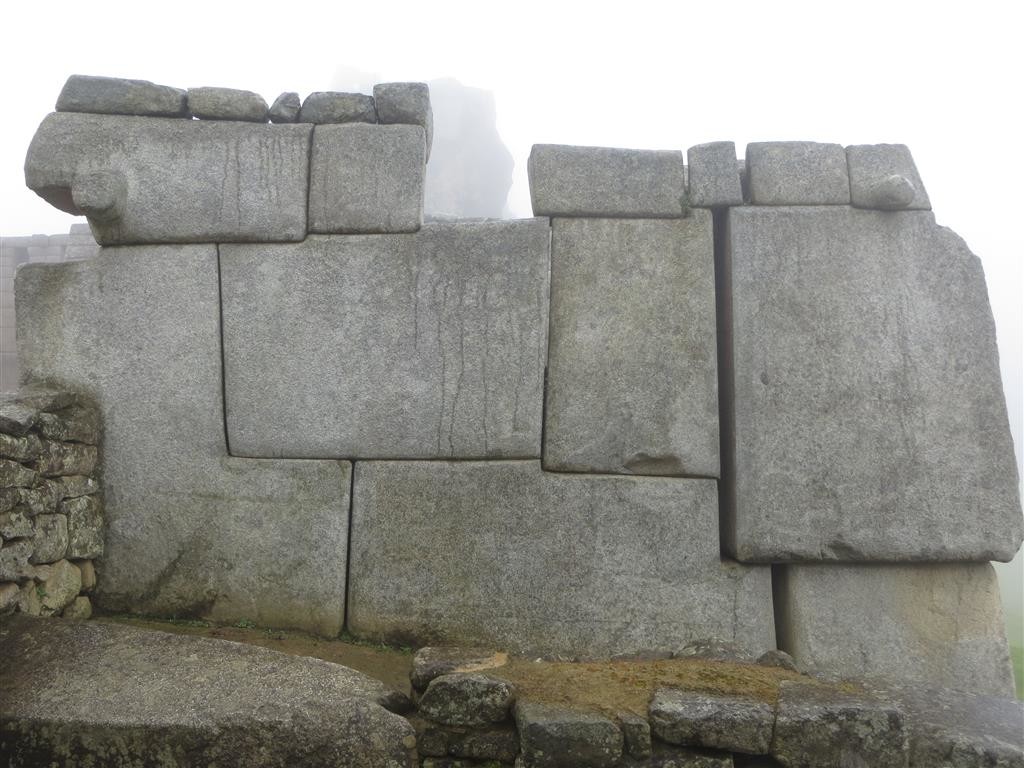
Perfect stone blocks, look like machine cut, we were amazed at the precision cut and how they achieved during their times.
We thanked and tipped our guide Amorosso for the wonderful and funny 5 days and for the wonderful stories and insights he gave us and left us at the entrance to Huaynapicchu, the tall peak in front of Machu Picchu. The tickets to climb Huaynapicchu is limited so if you plan to hike this its advisable to book in advance, you can do this when booking your trek and Inca permits and Alpaca will take care of the booking, even though we were dead tired and half hungry (no eating inside Machu Picchu complex), we had packed lunch and decided to have it on top of Huaynapicchu, we mustered the last bit of energy to climb.
Unlike the Inca trail this one is not easy, half the trail is wet, steep and treacherously slippery so use extreme caution hiking this one, and once we reached the top, the view of Machu Picchu city below was truly incredible.
Day 6: An extra day in Augus Calientes
We had planned to spend an extra night in this small beautiful town of Augus Calientes to take in the sights and do some souvenir shopping, we lazily strolled around the markets and rugged streets.
Back to Cusco
Getting back to Cusco is by train and you have the option of an upgrade to the “Vistadome” train that has windows in the ceiling to give you a panoramic look at the scenery during the 3 hour train to Olantaytambo and 1.5 hour transfer to Cusco or 4 hours to Poroy and a 30 min transfer to Cusco city, you can book this upgrade along with the trek booking itself and if you don’t plan to sleep then its ok to splurge a bit on this extra scenic ride with traditional peruvian meals/snacks and some fashion show showcasing their Alpaca wool clothing
There is never enough time to truly get to know a place and we hate leaving with the feeling of not spending even more time and visit and learn the local culture and customs, but we are honoured to have such a warm reception by the Quechua and the Cusqueñans and the kind hospitality, we are very happy with the experience and will definitely be visiting this lovely country again to fill in the experiences we missed this time around.

![]()


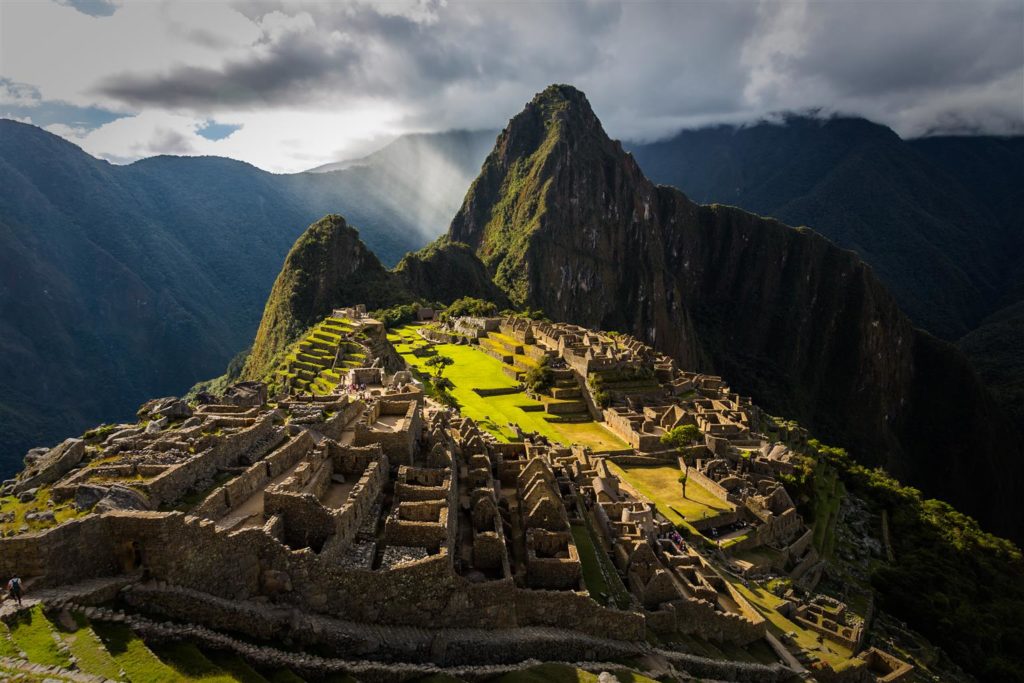
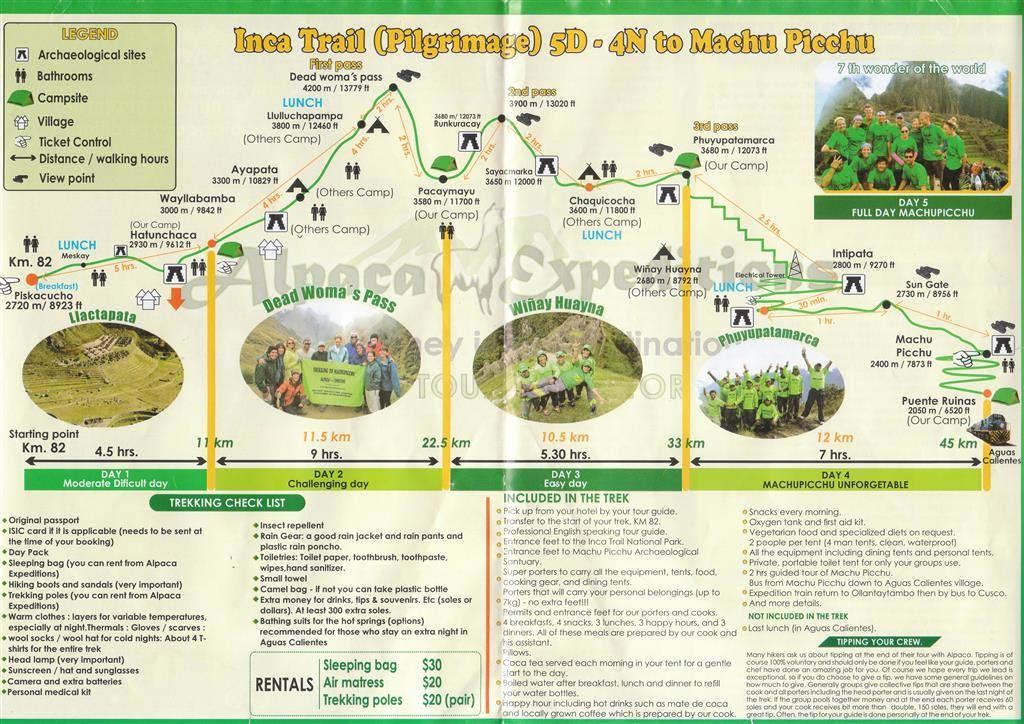
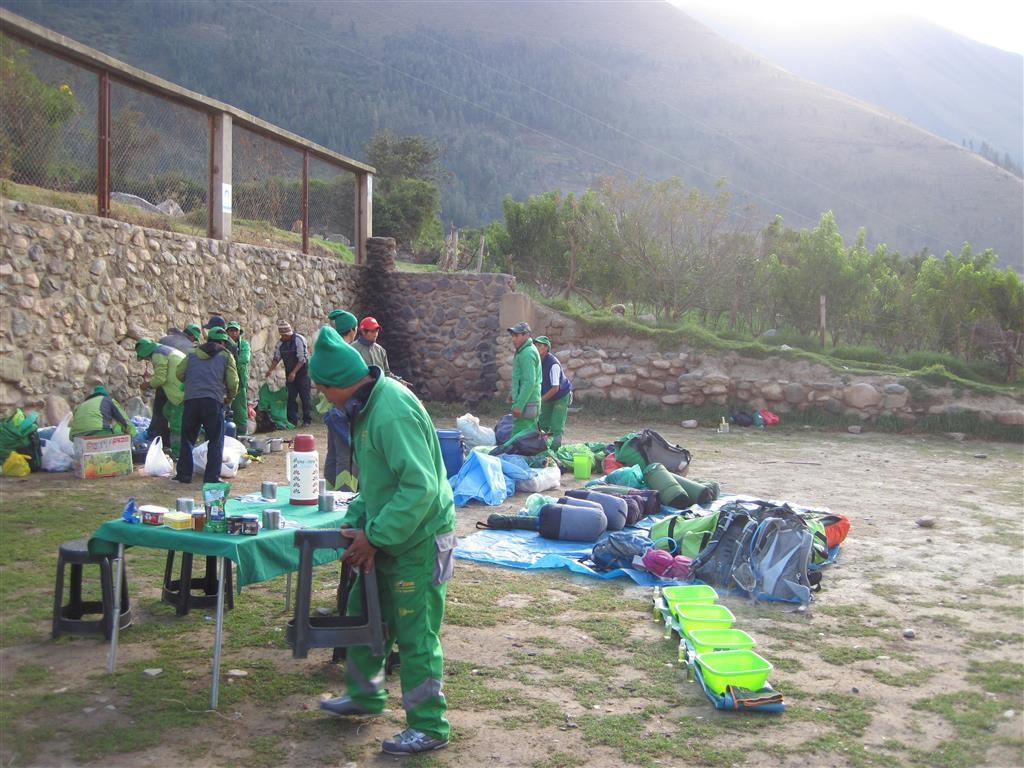
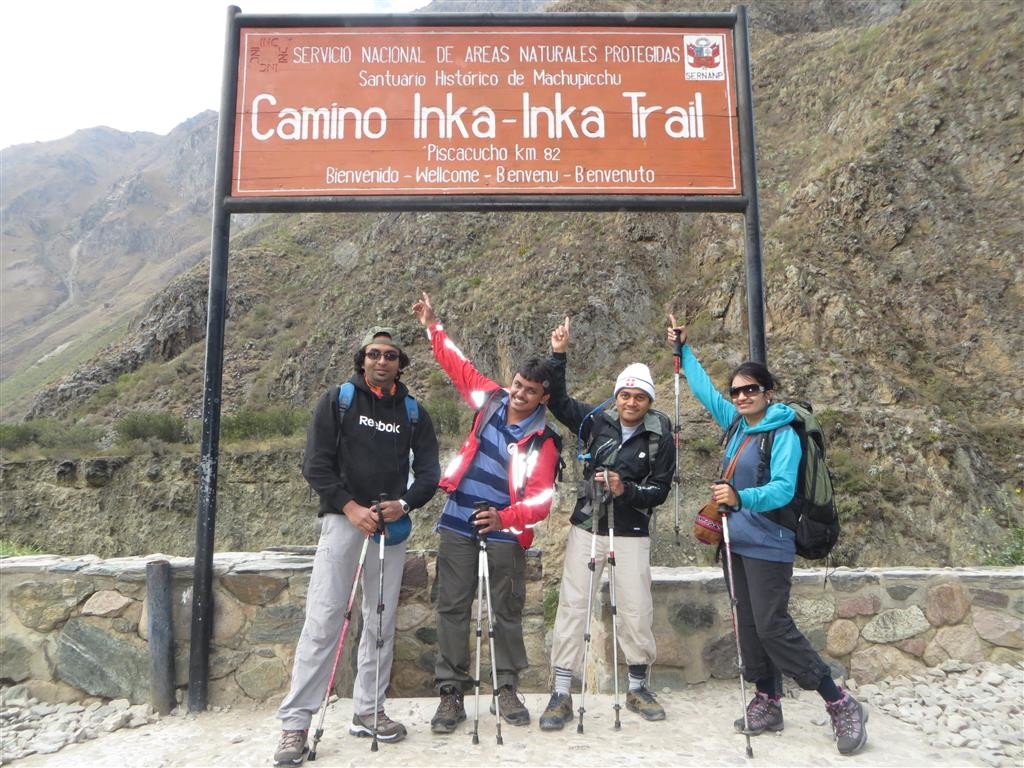
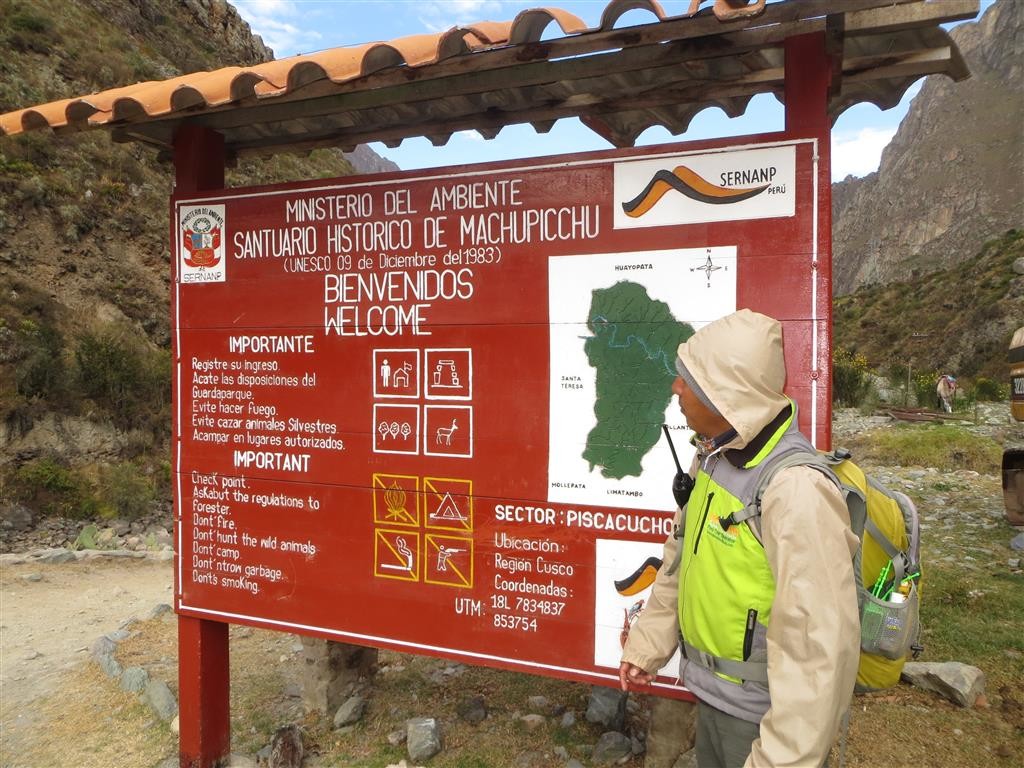
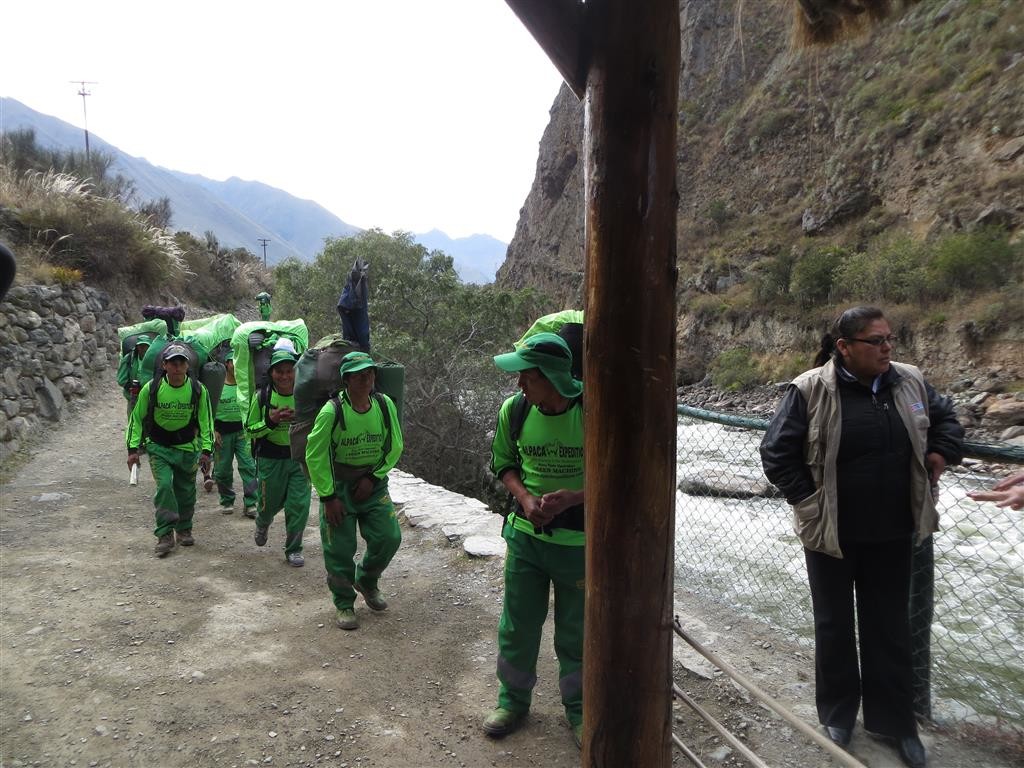
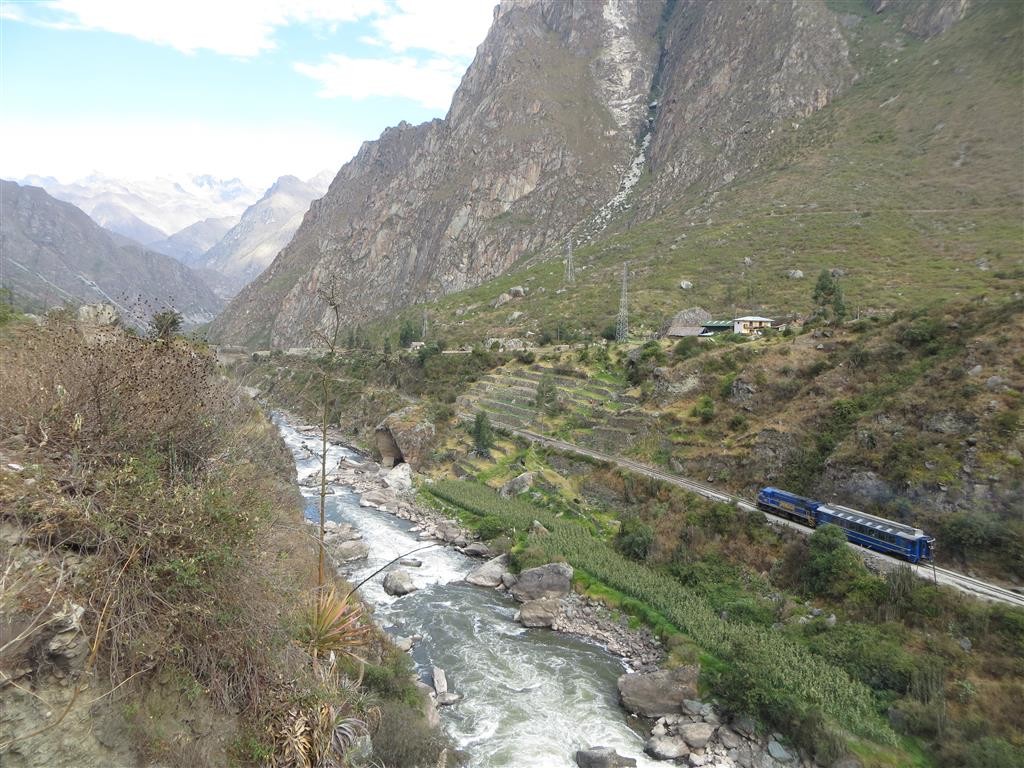
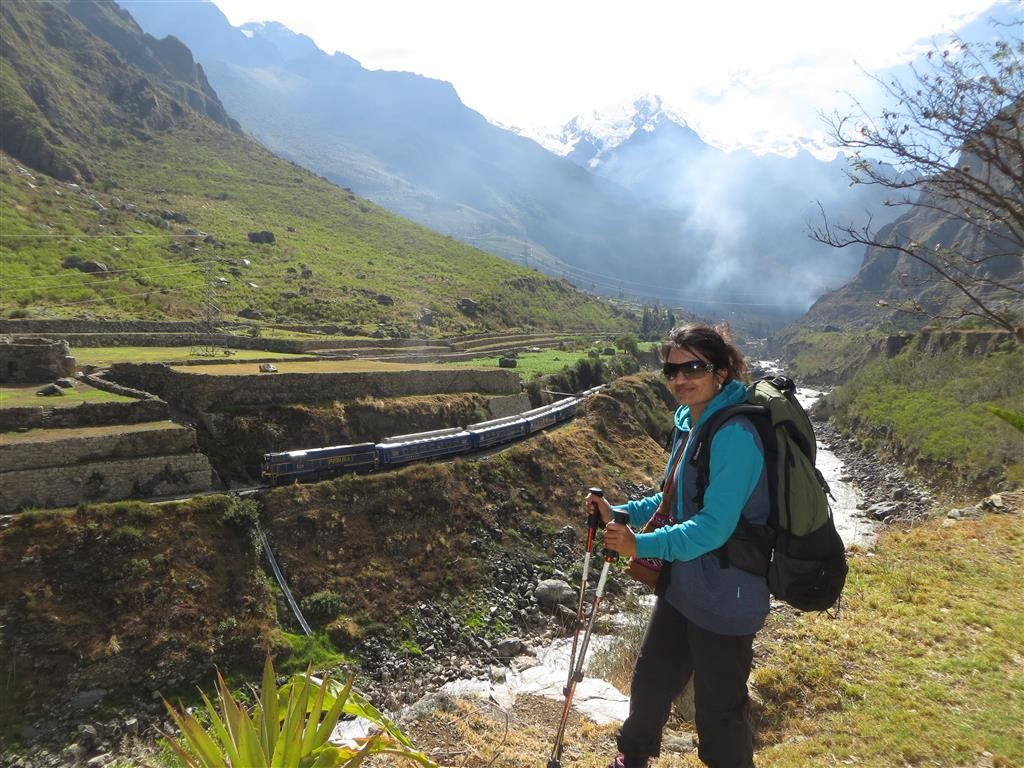

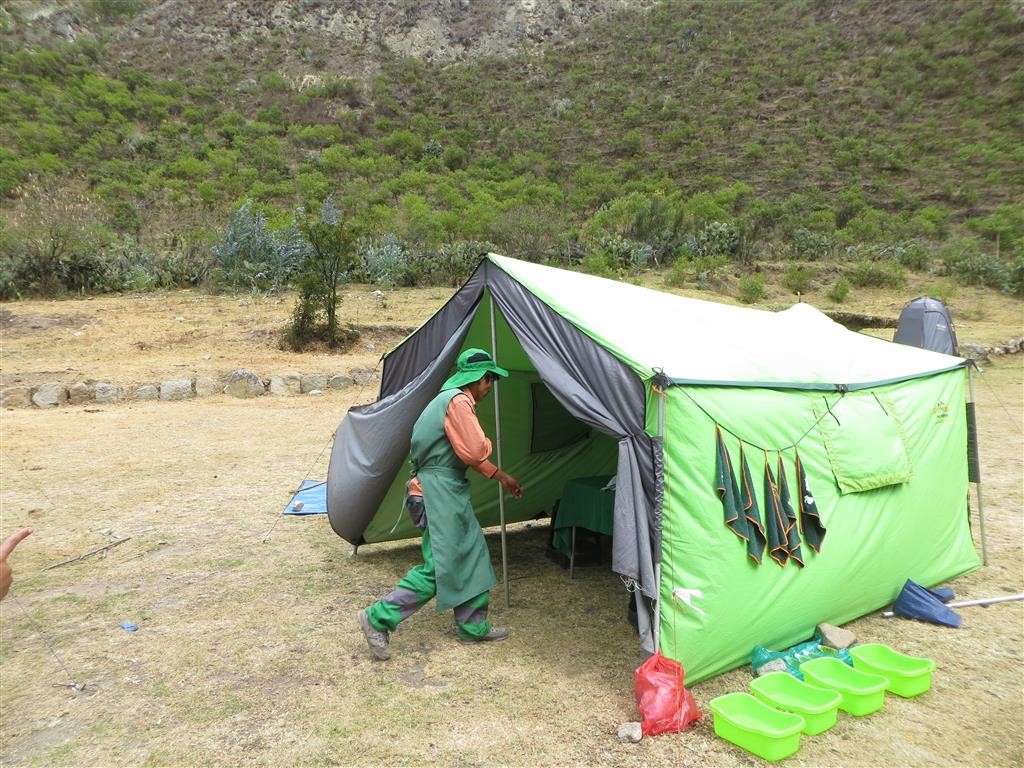
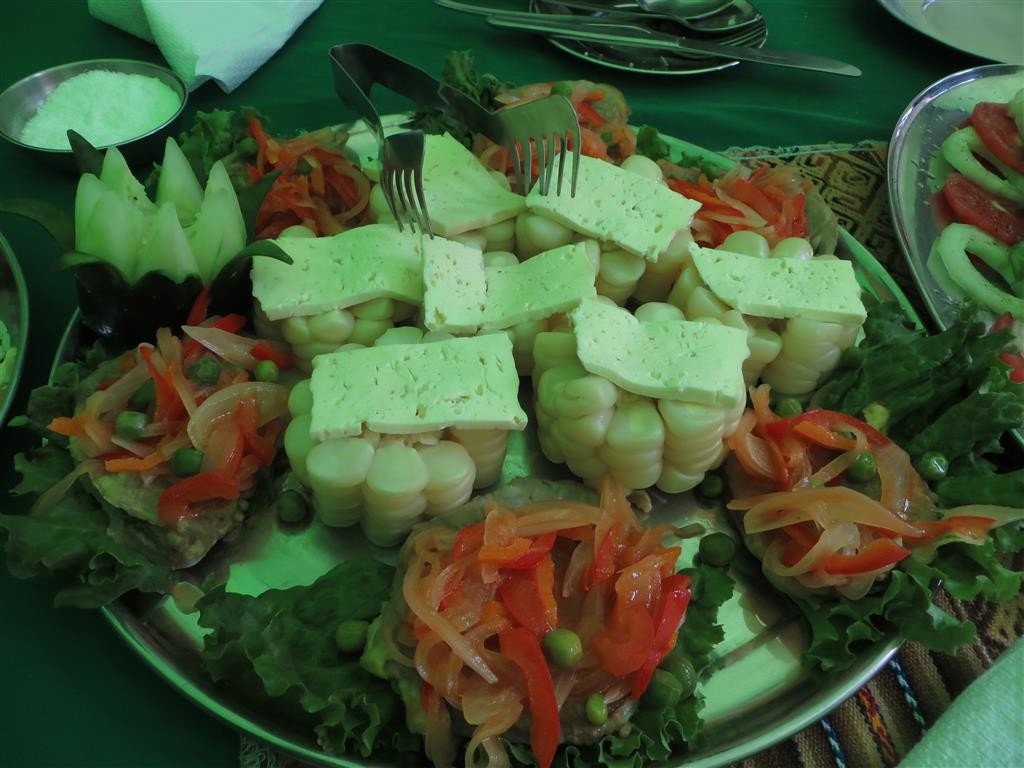
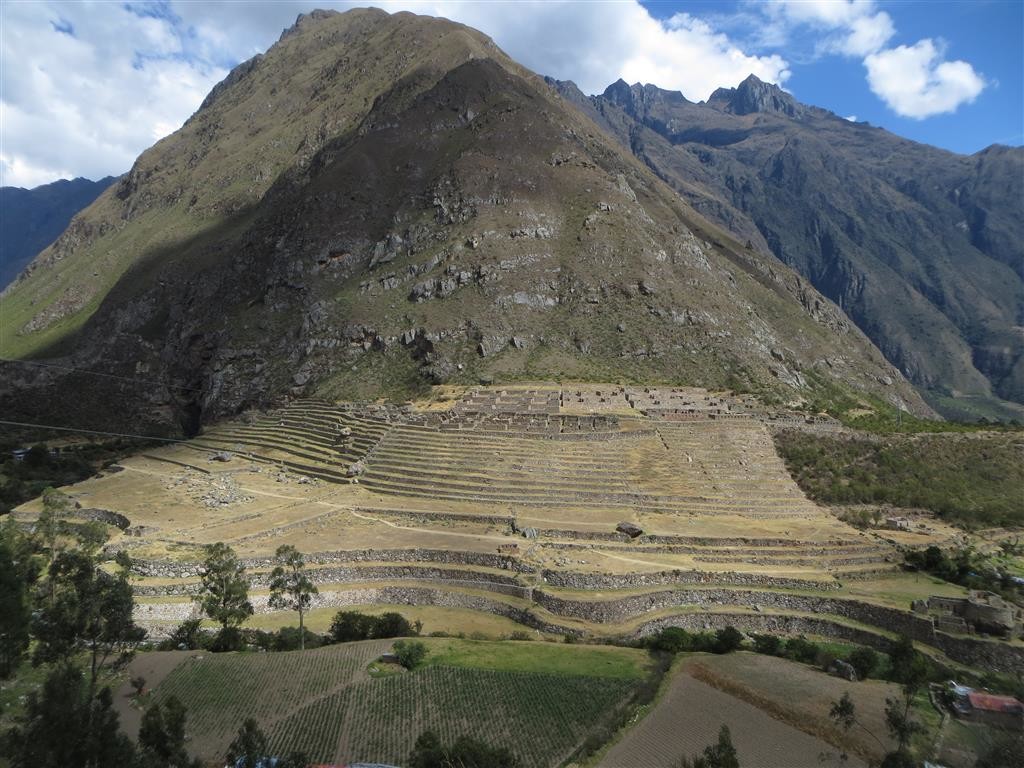

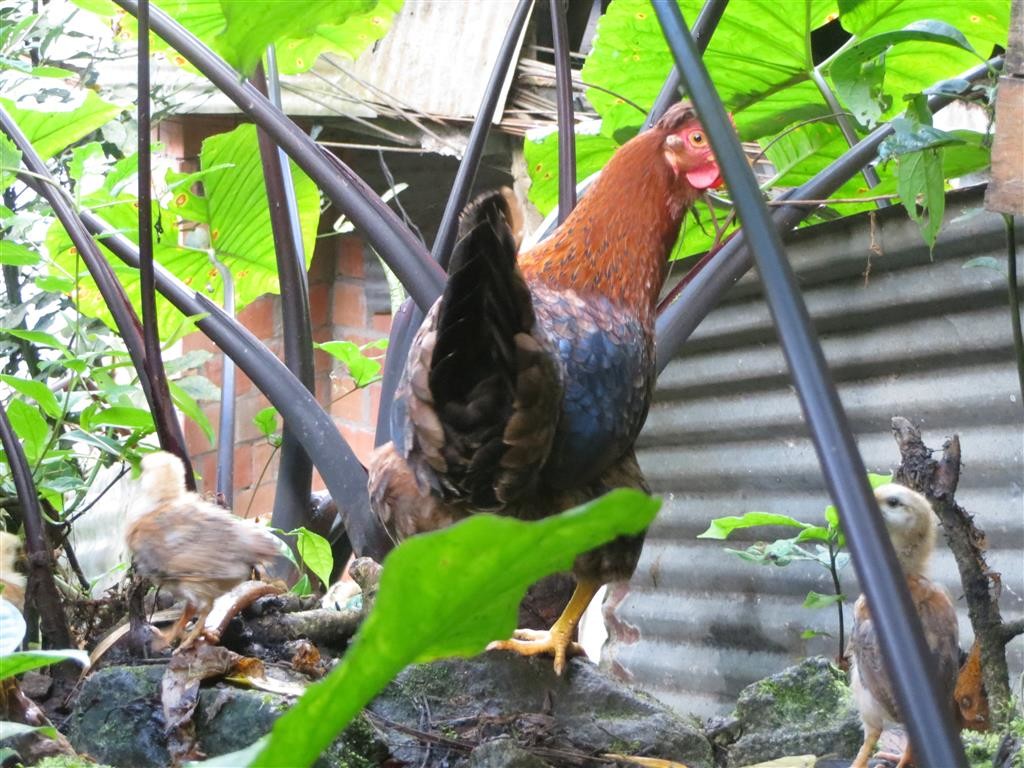
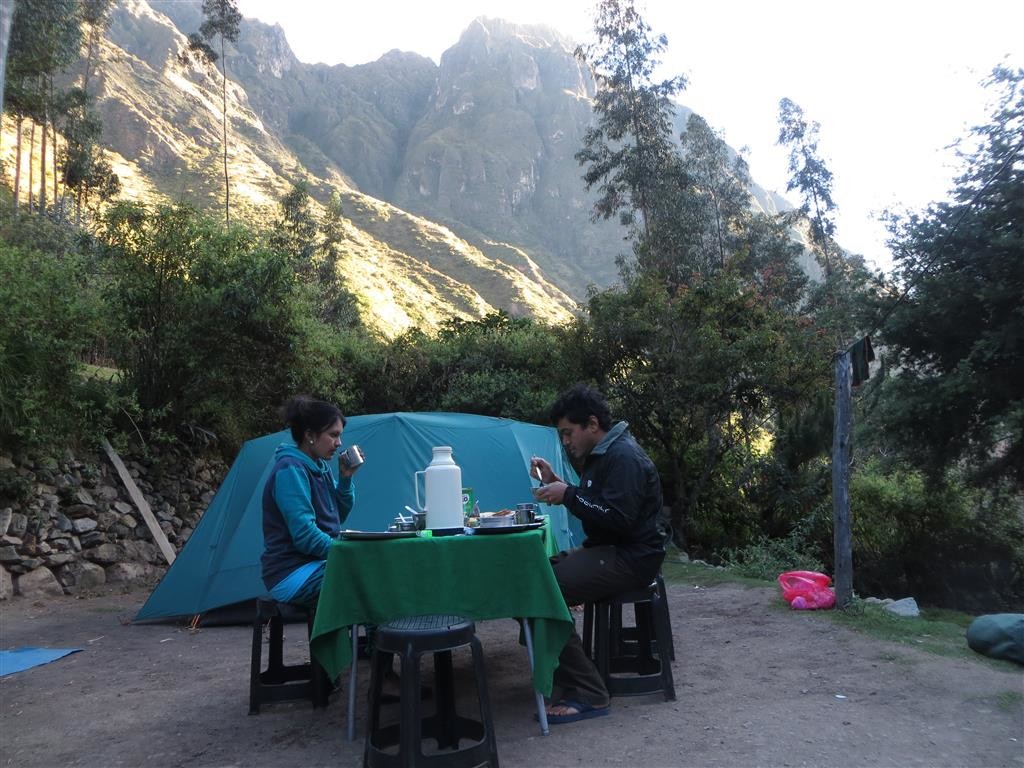
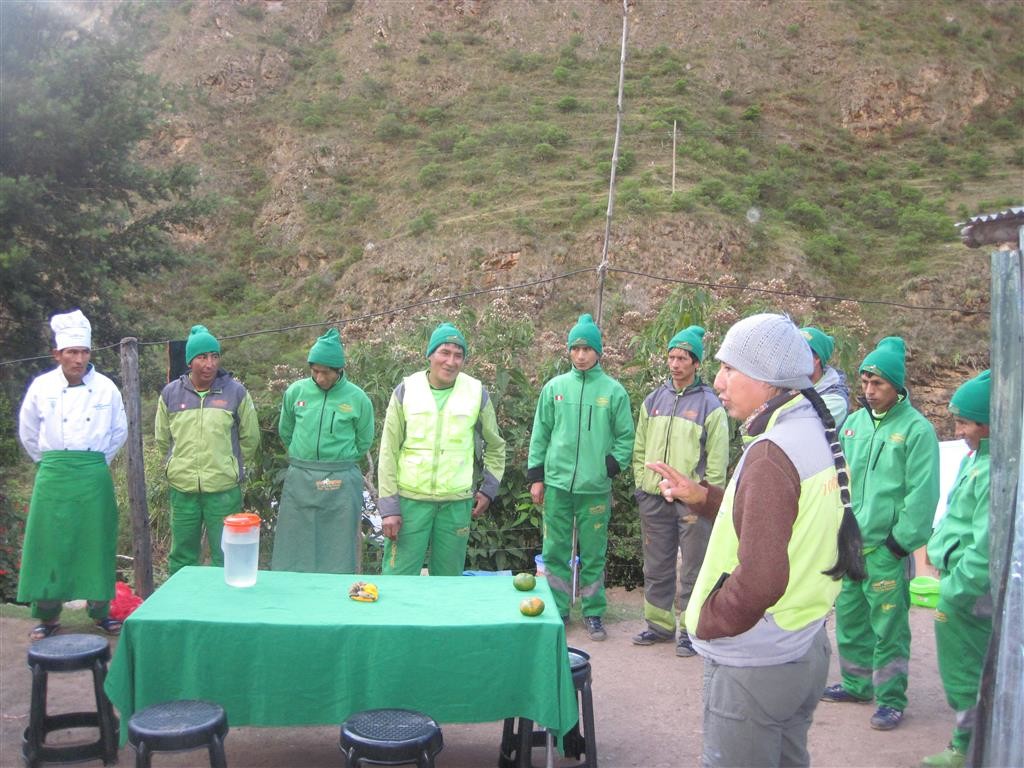

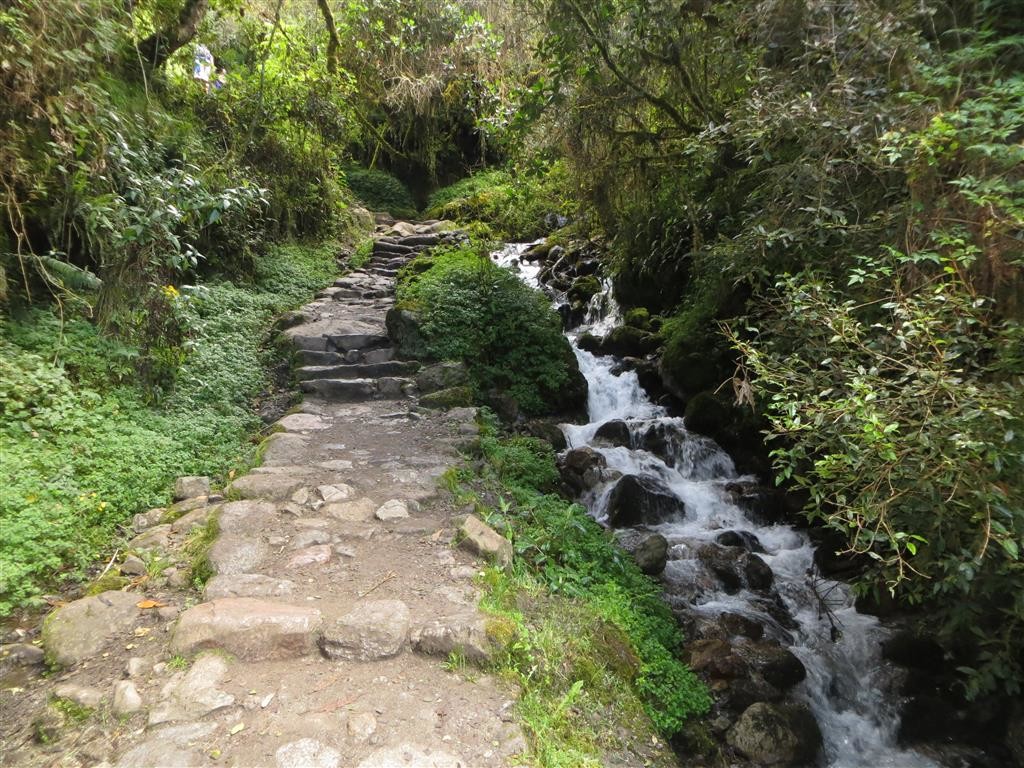
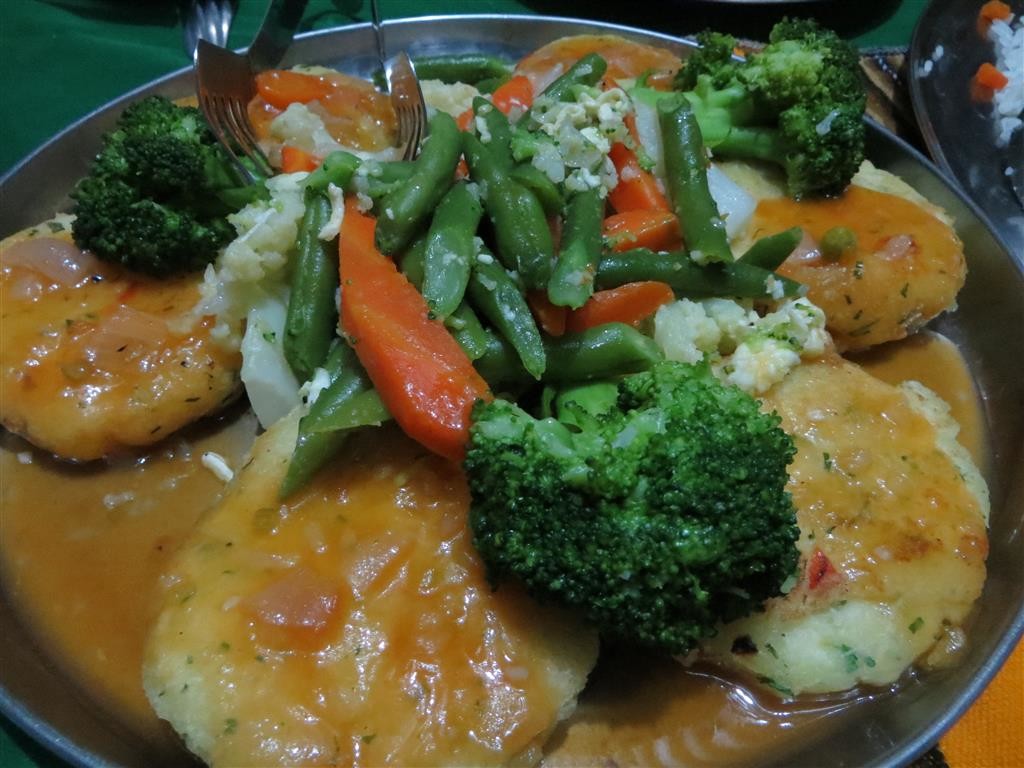

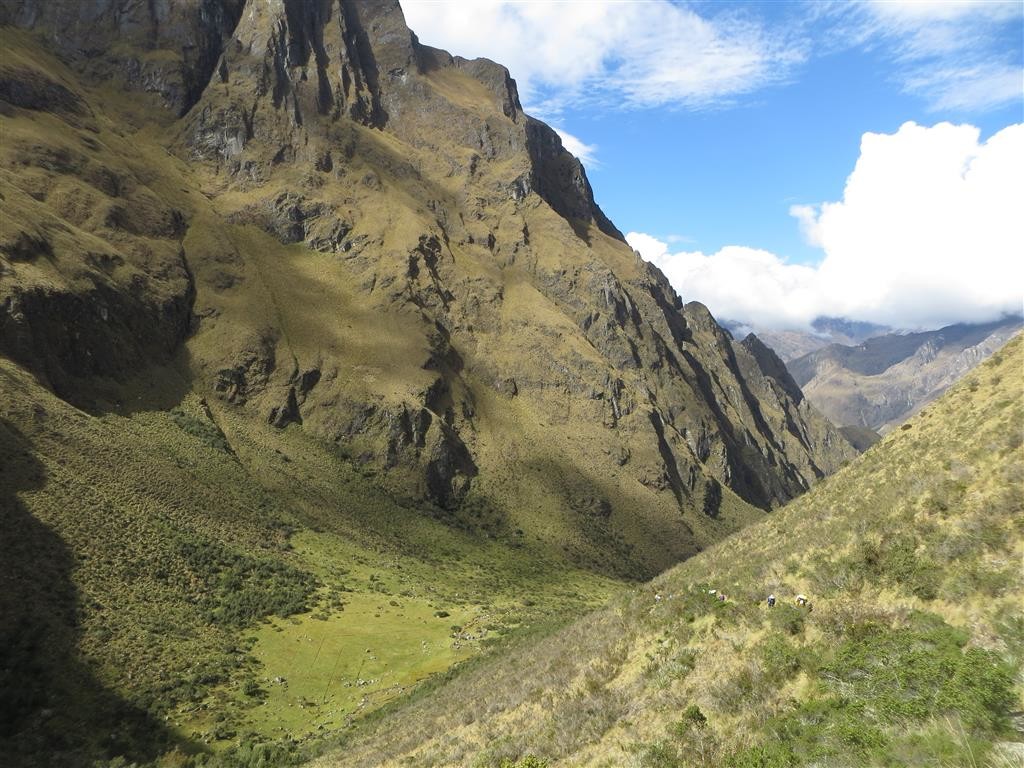

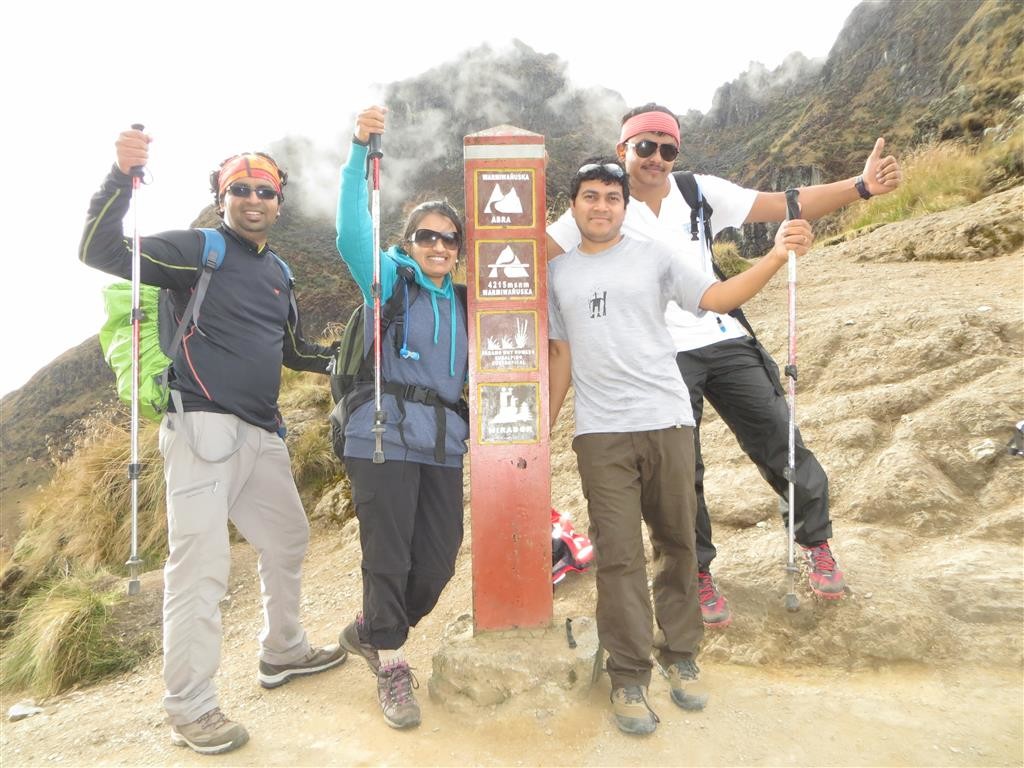
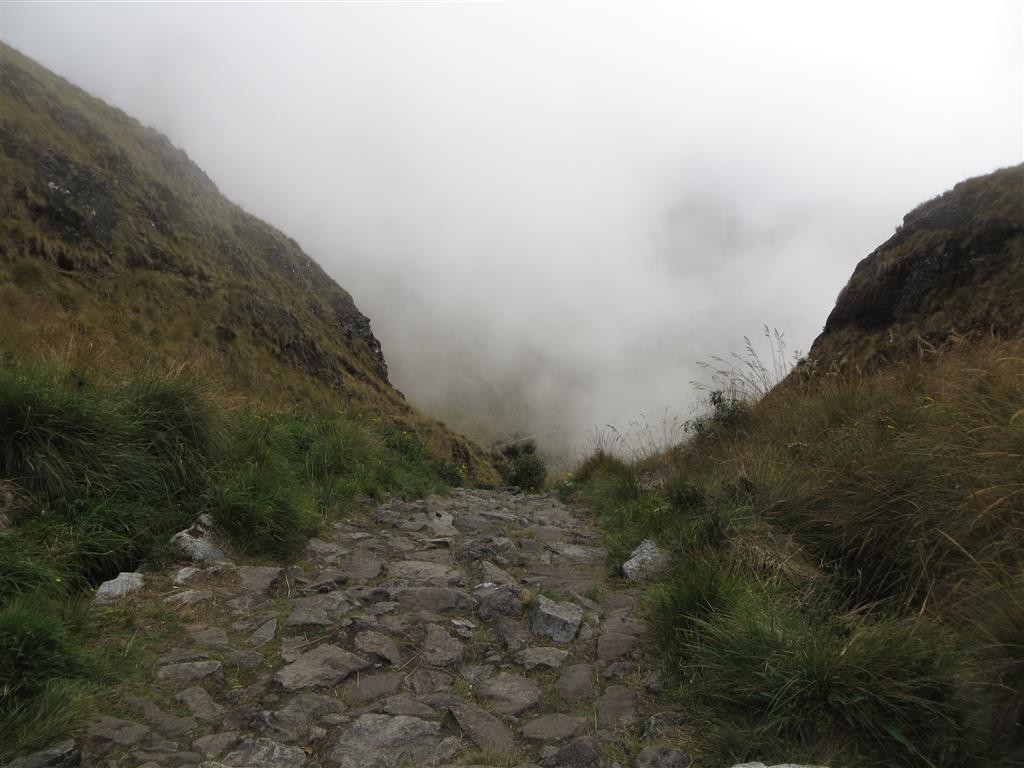

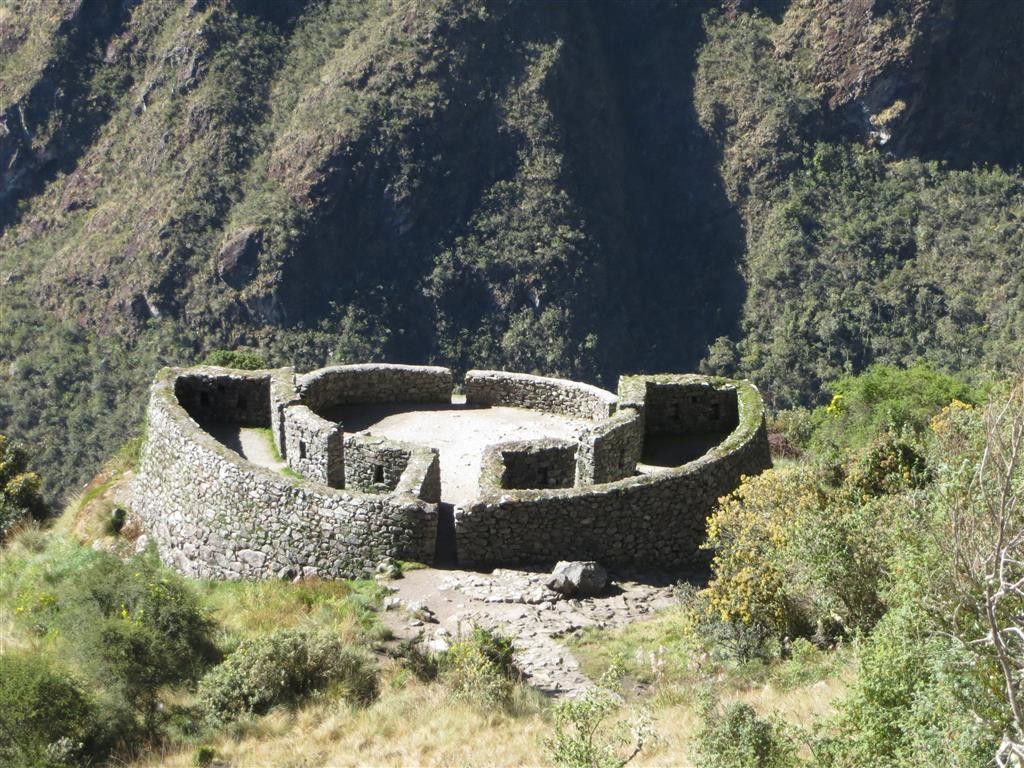
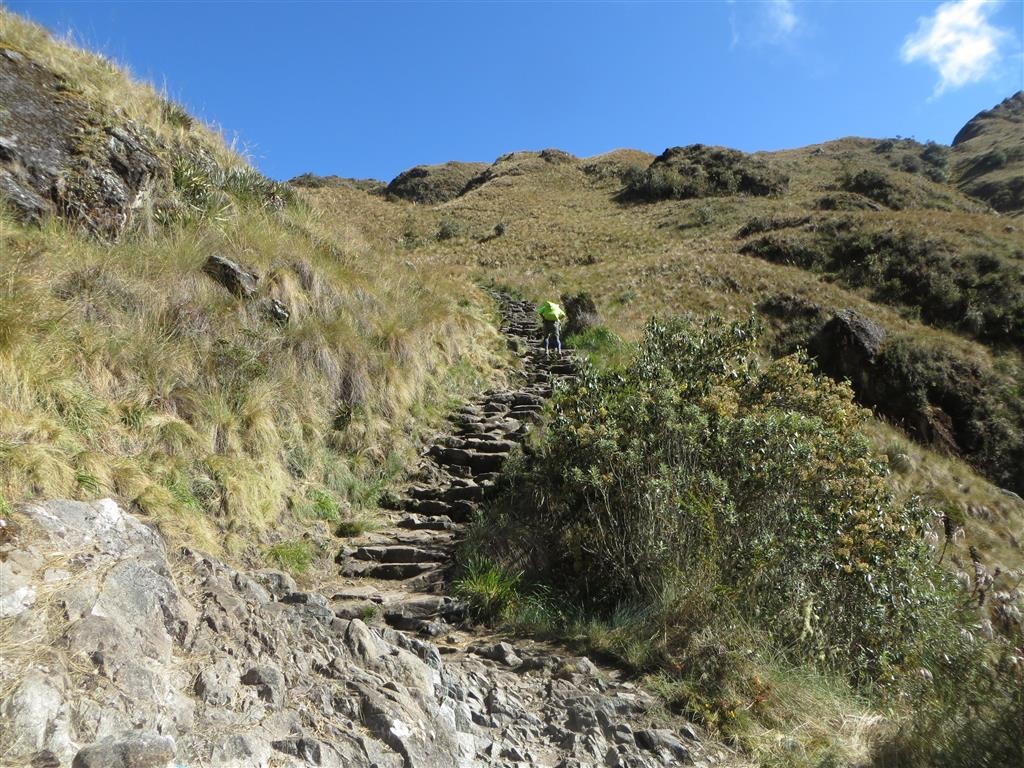
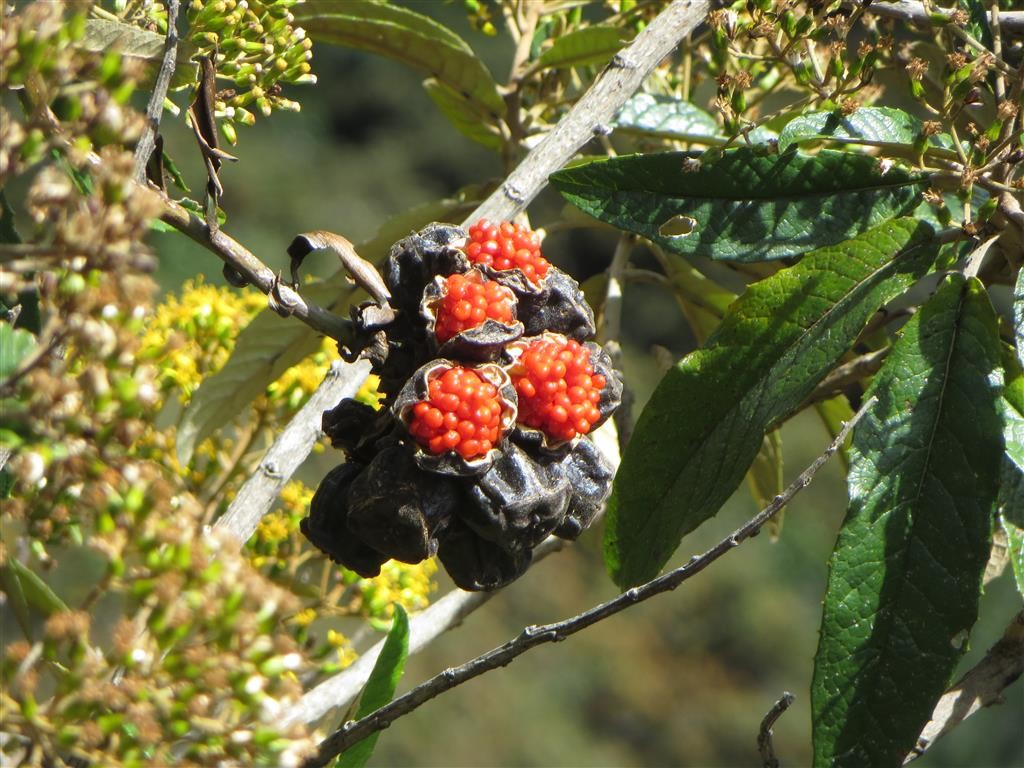
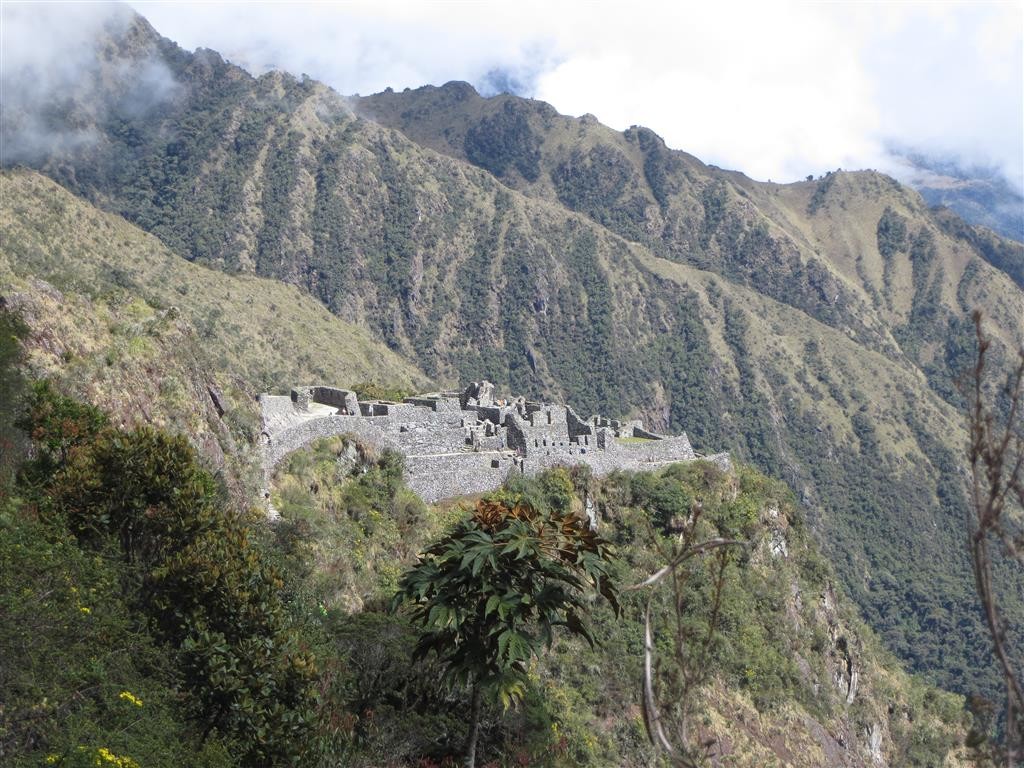
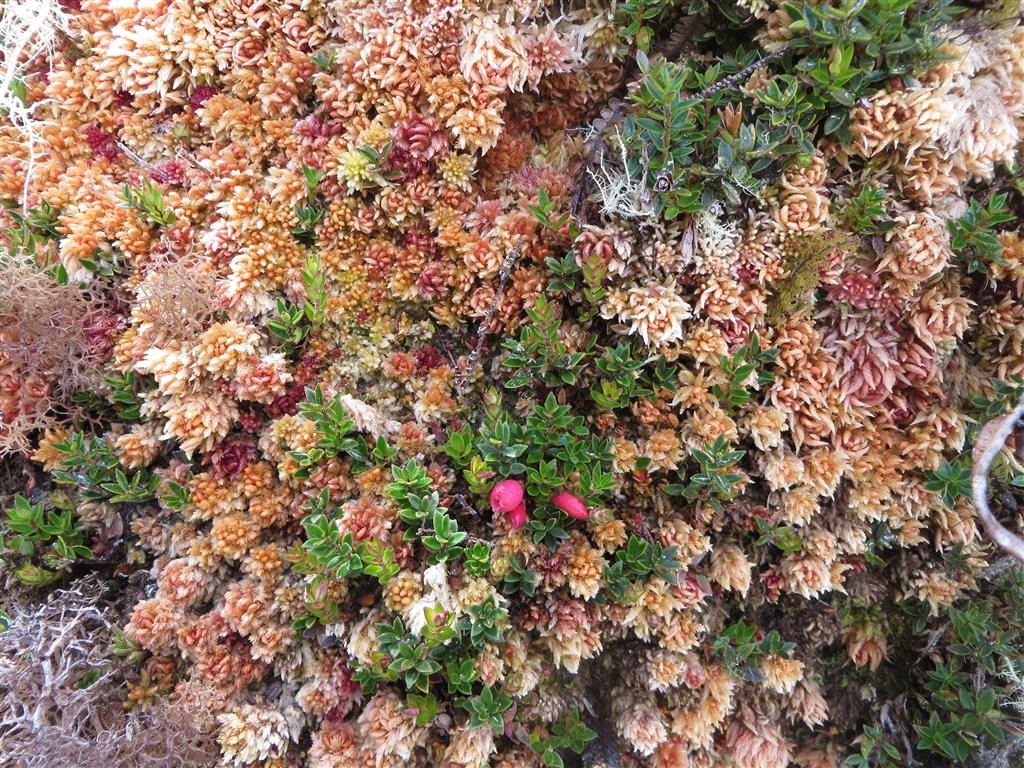
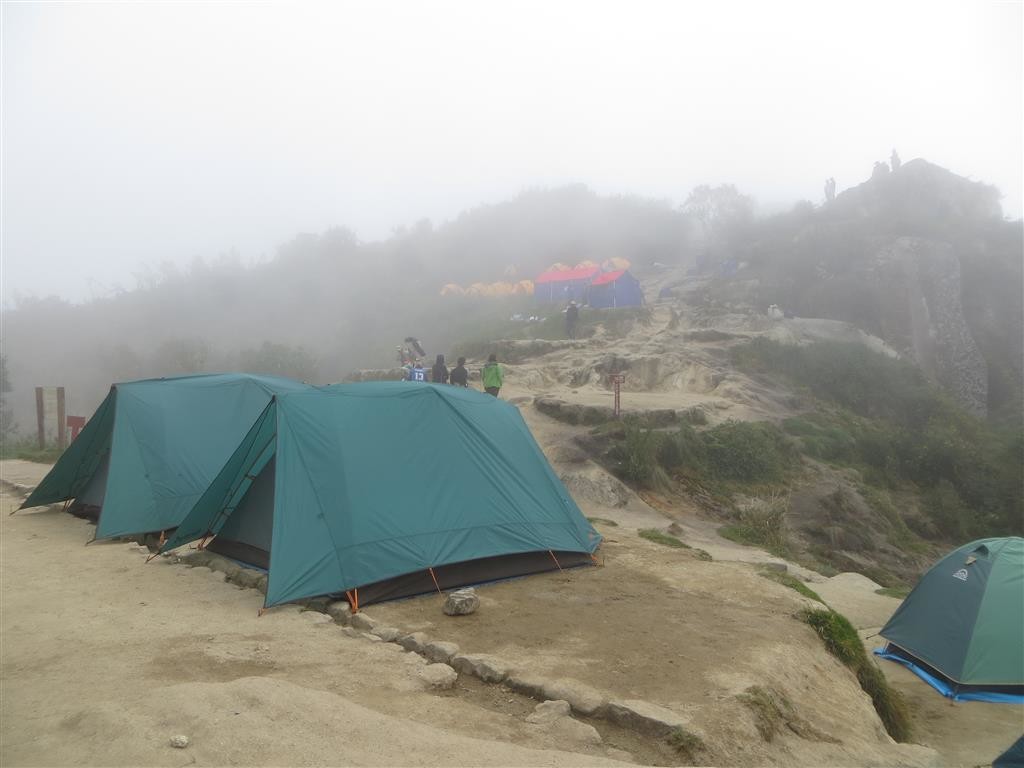
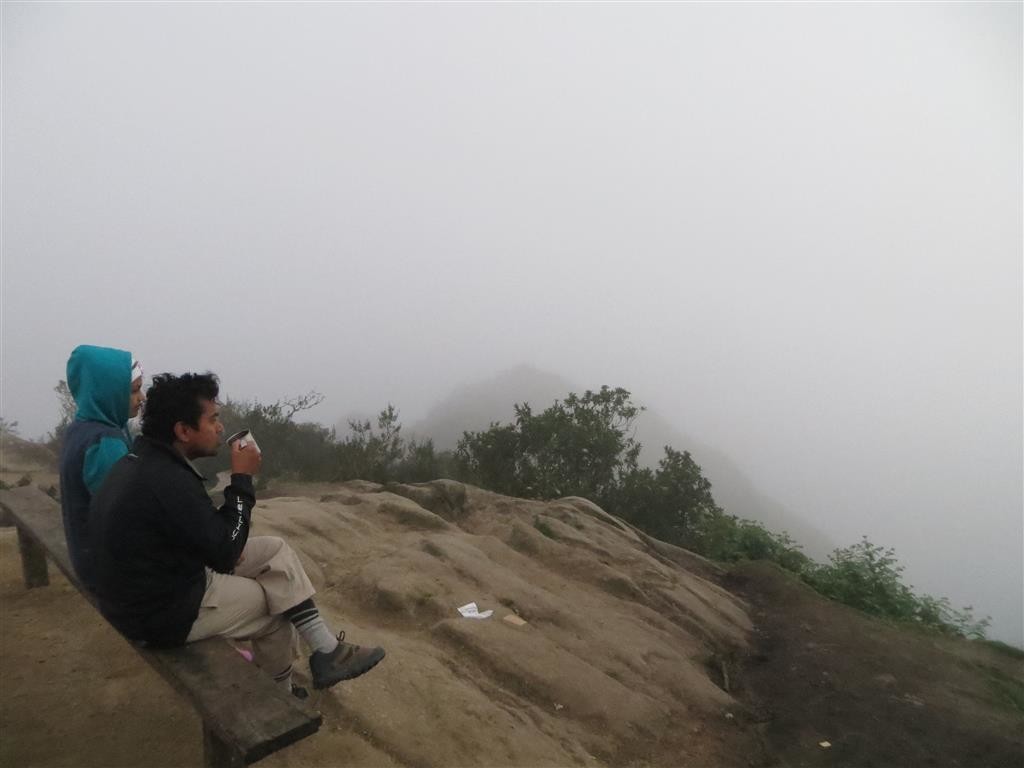
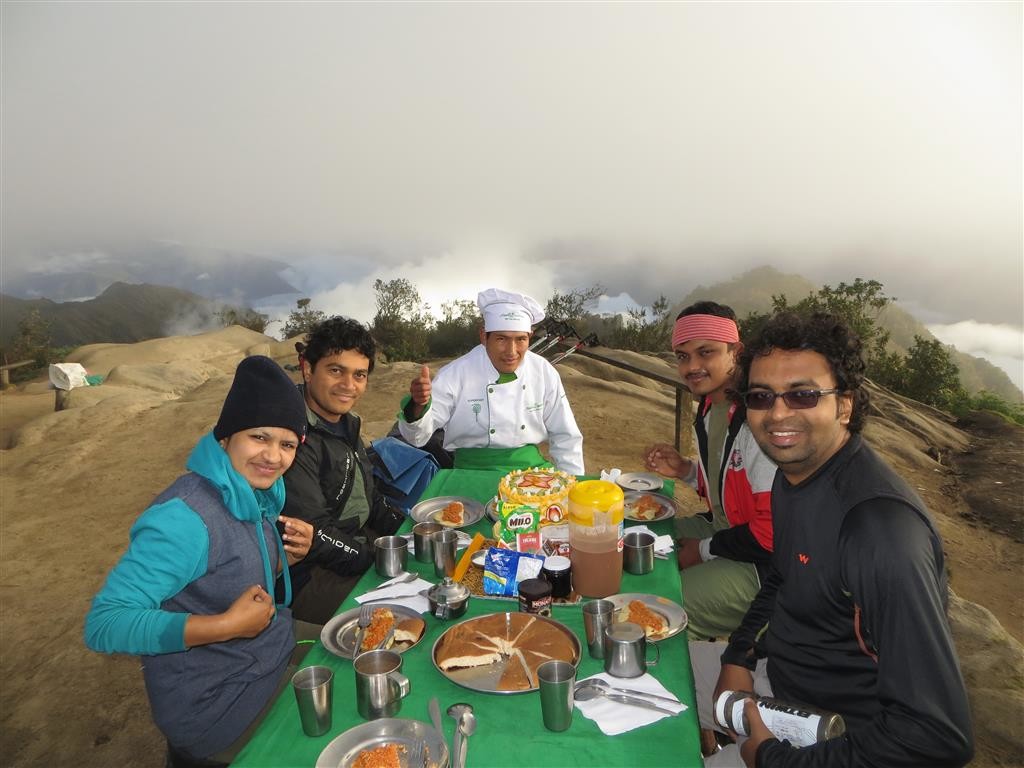
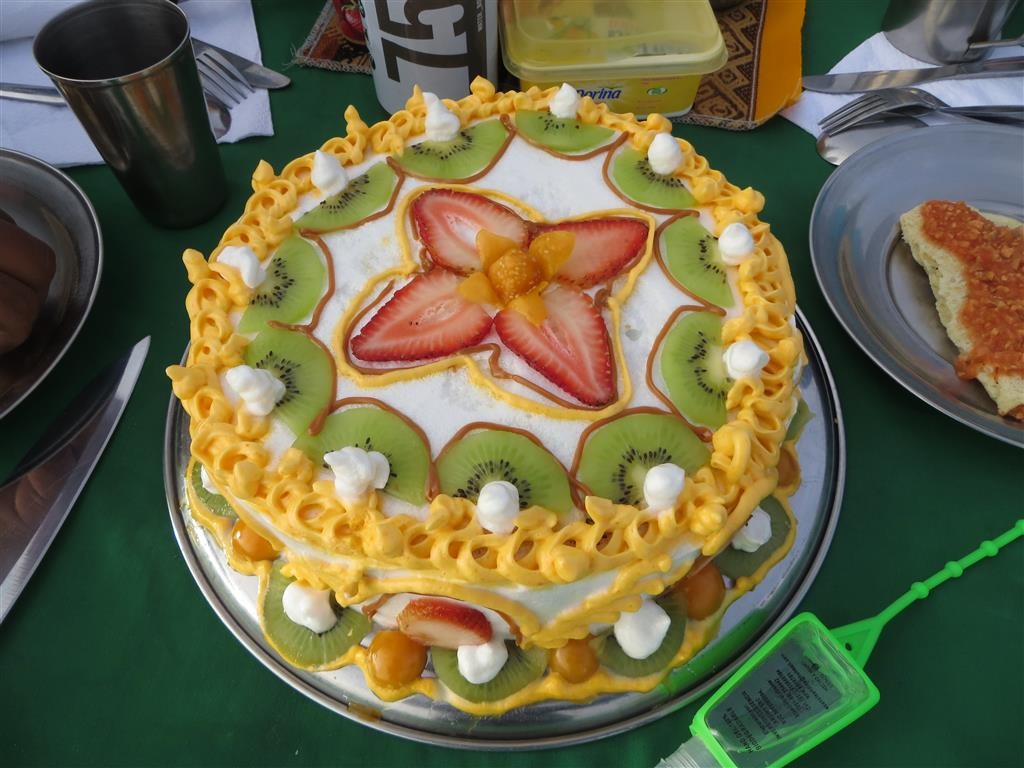
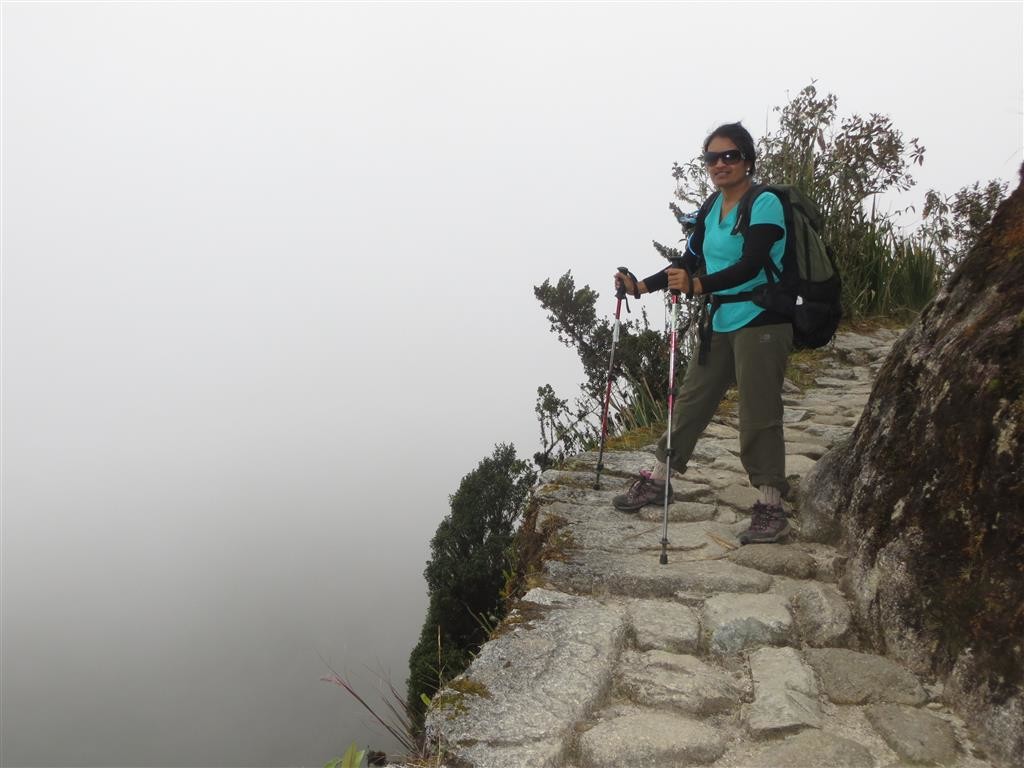
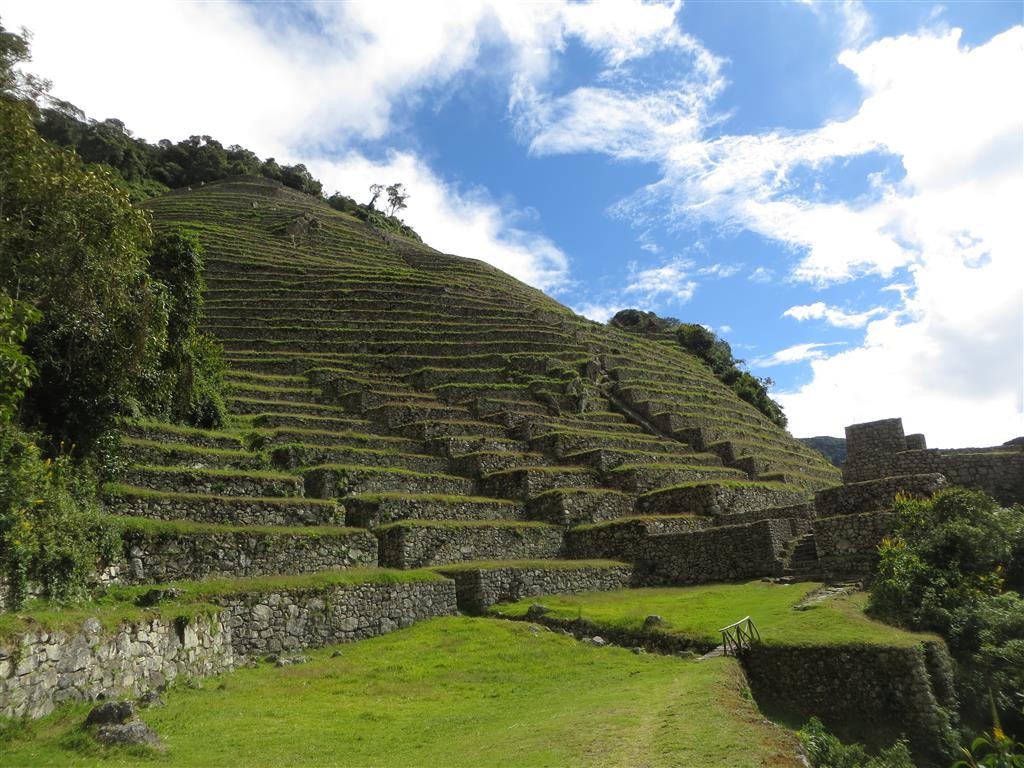
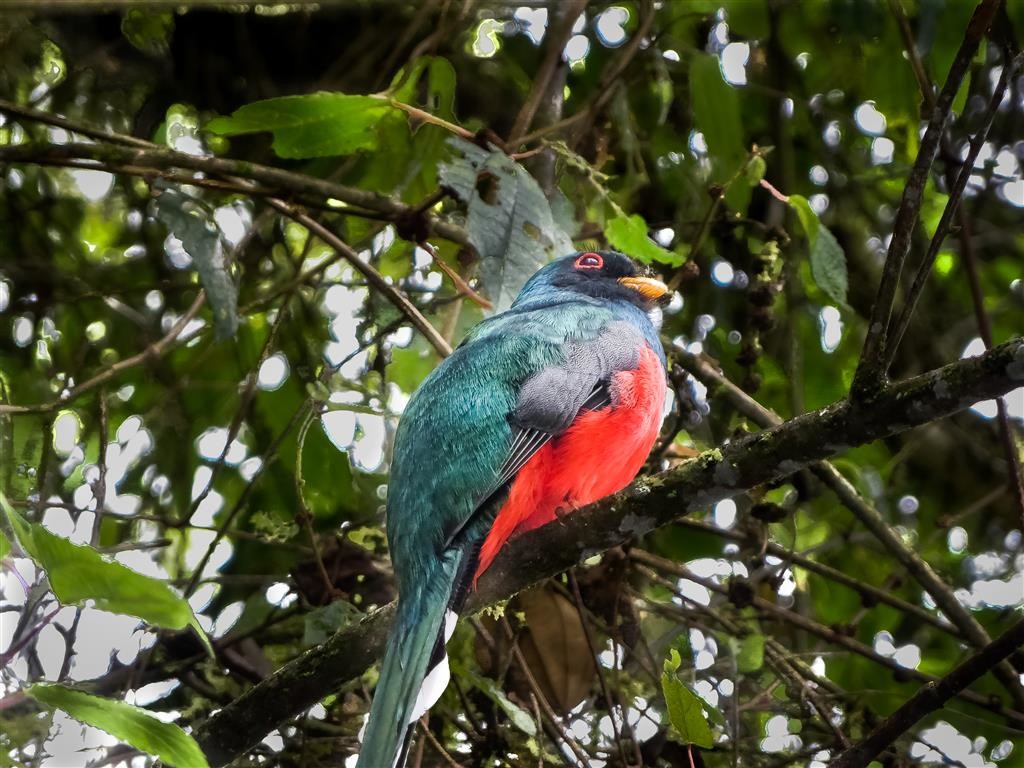
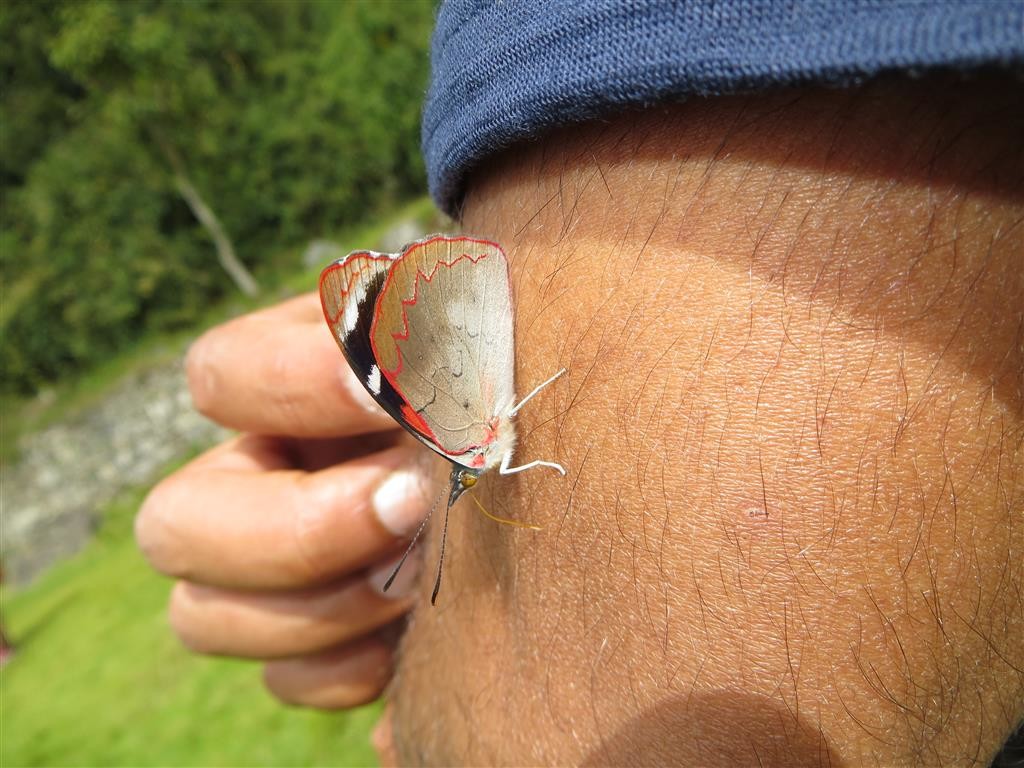
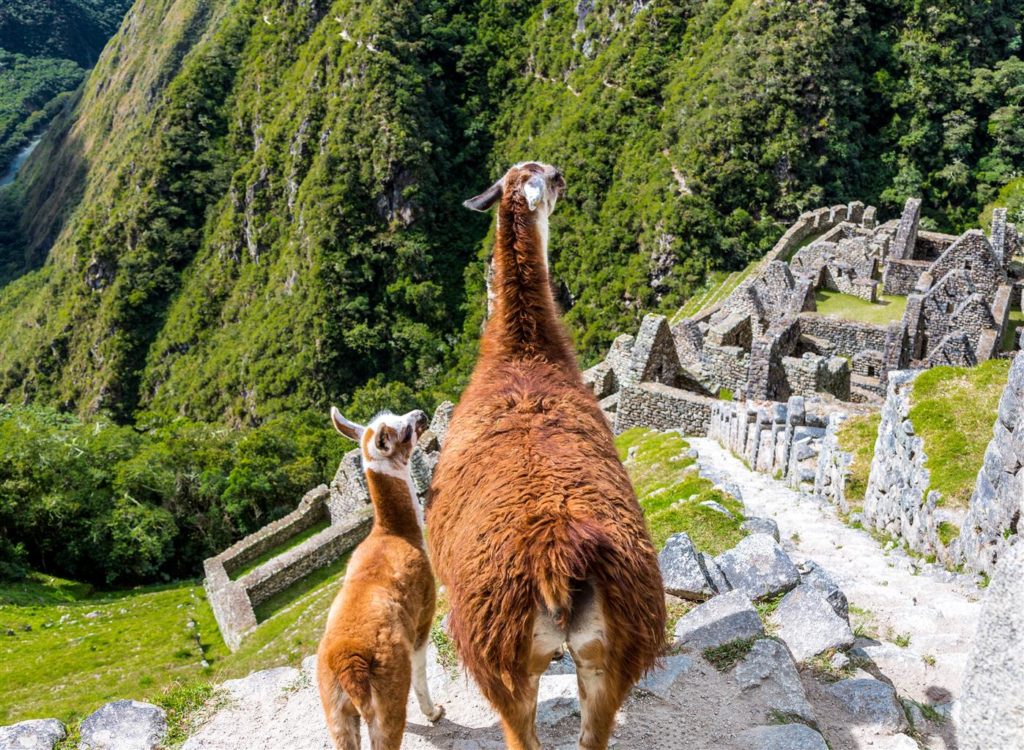
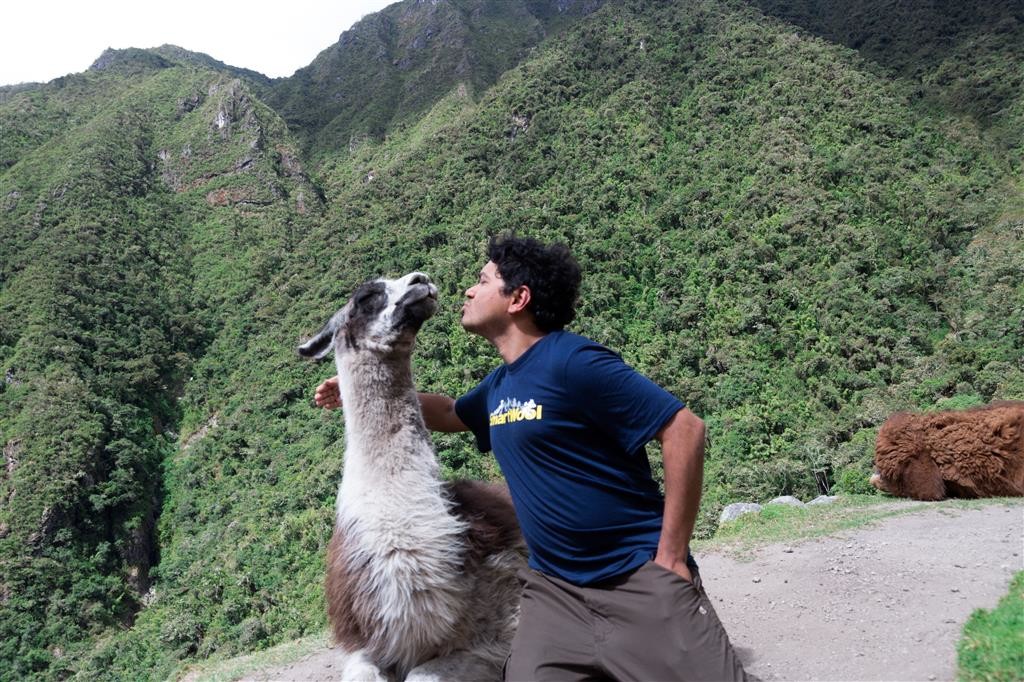

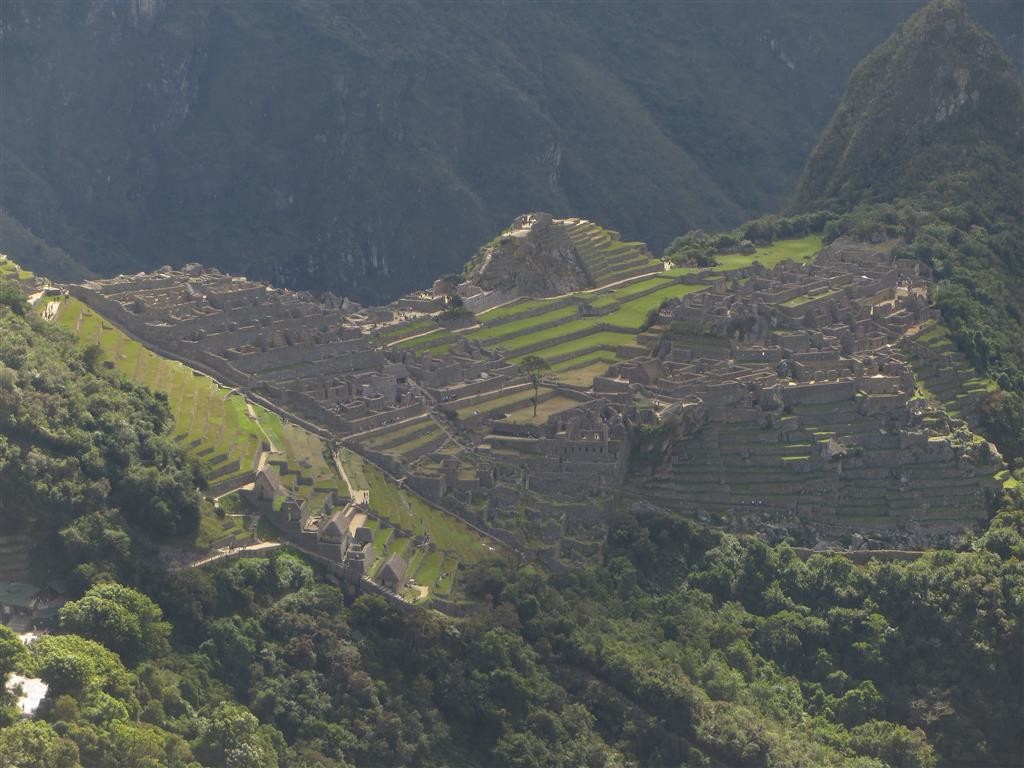
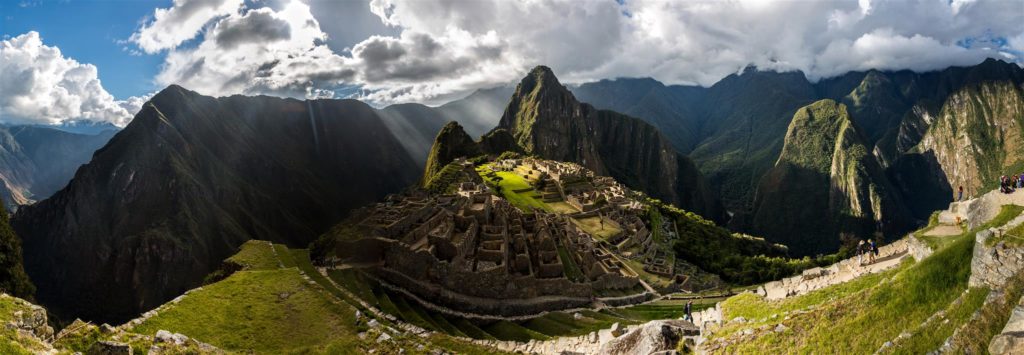
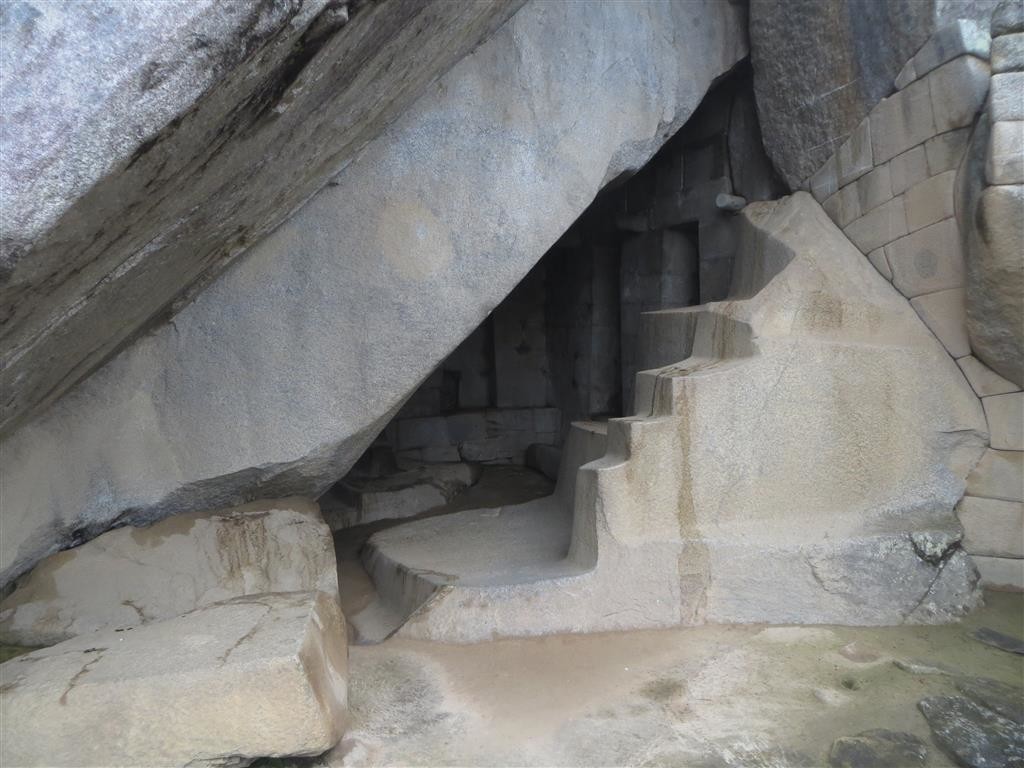
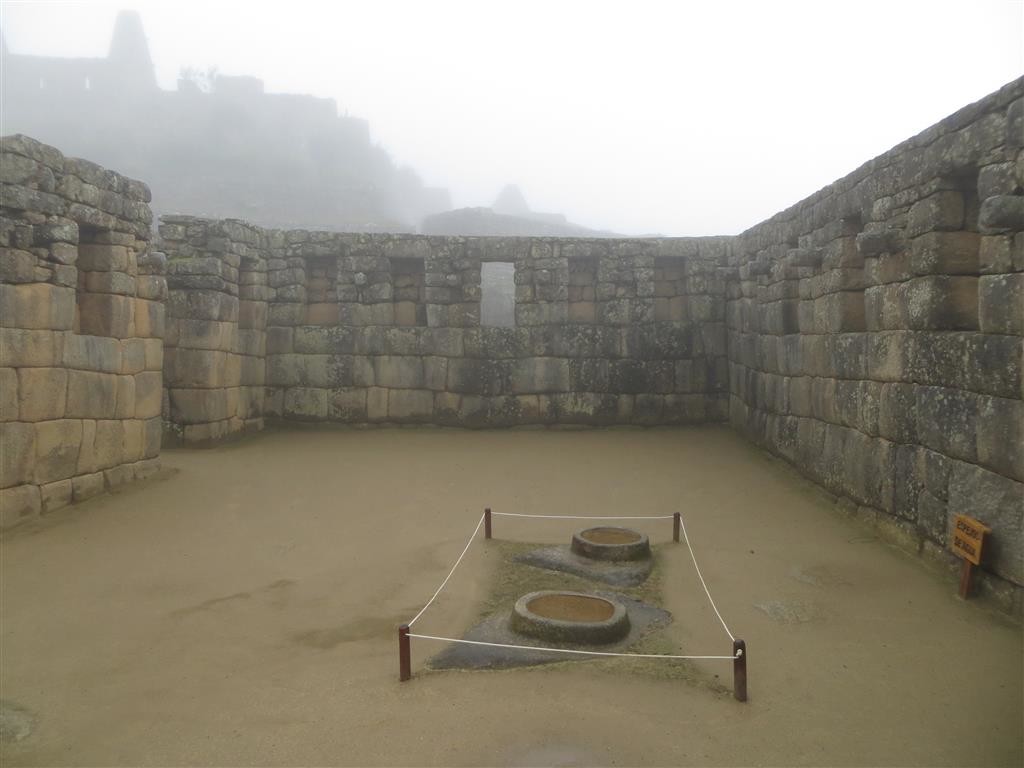
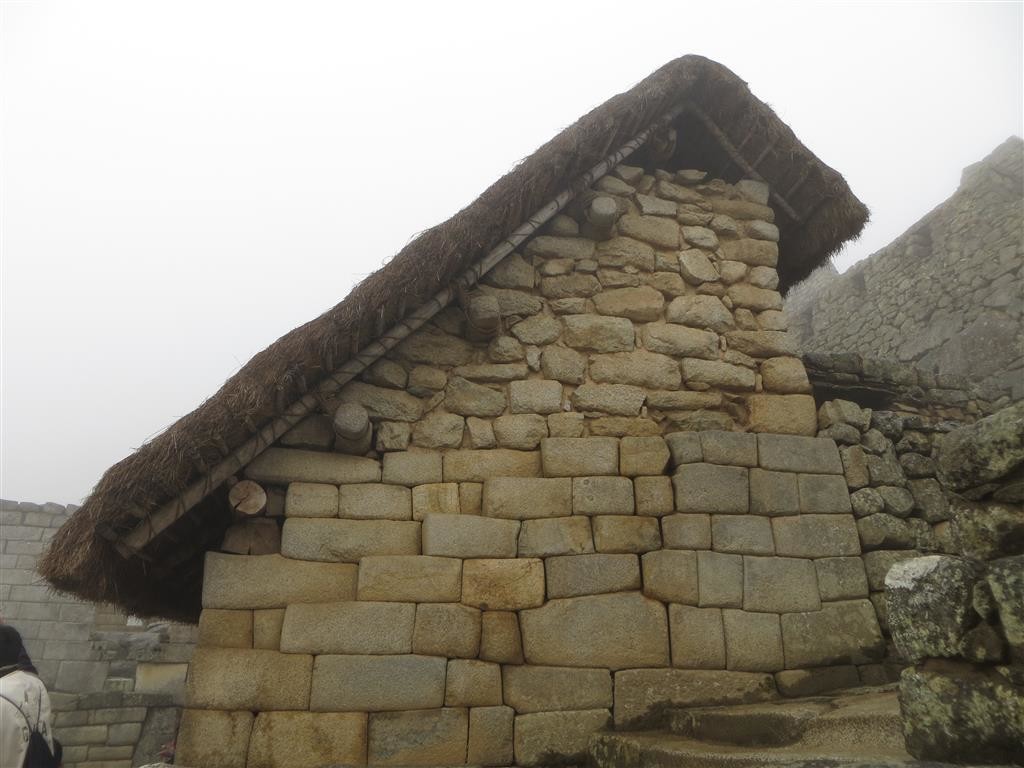
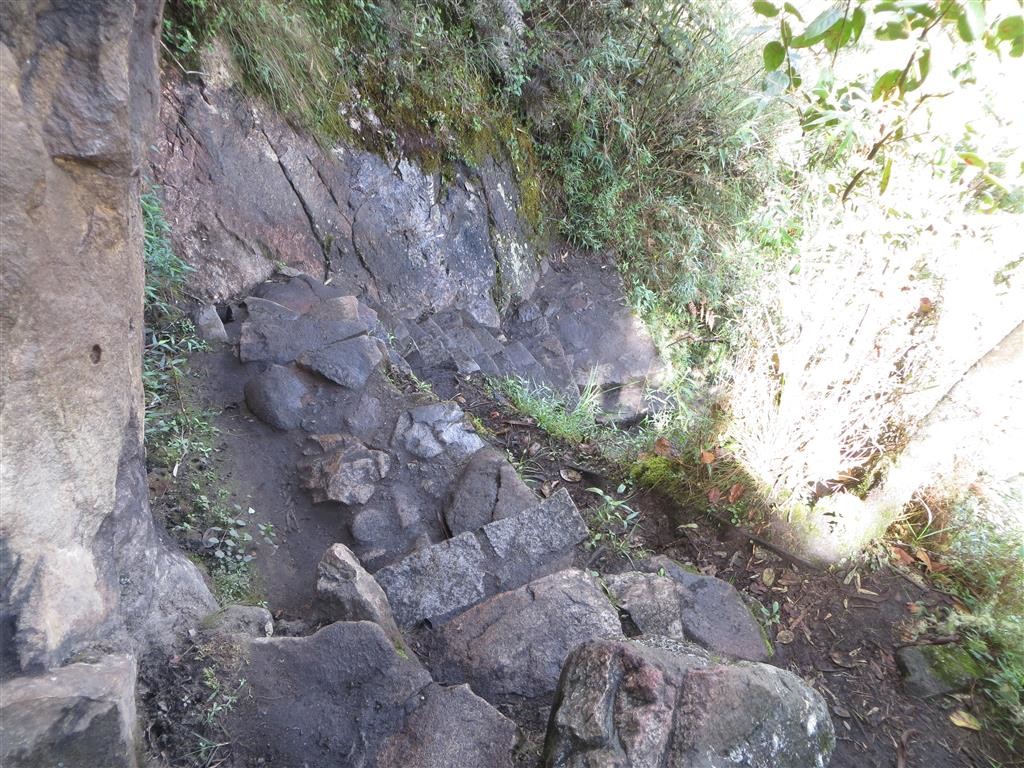

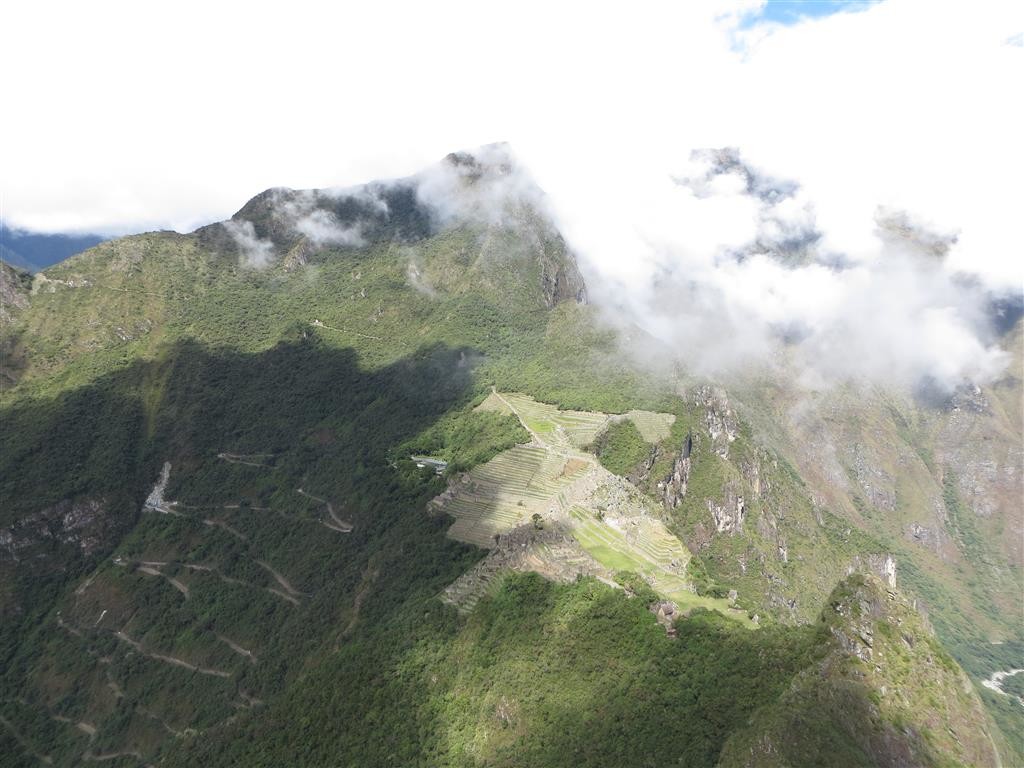
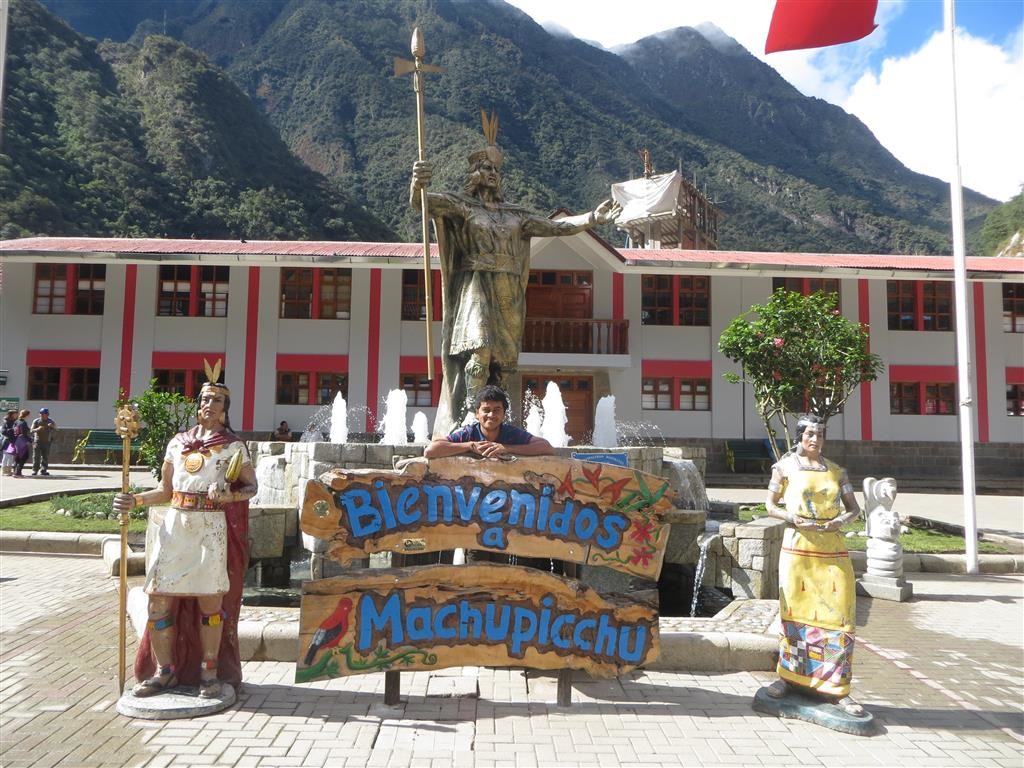
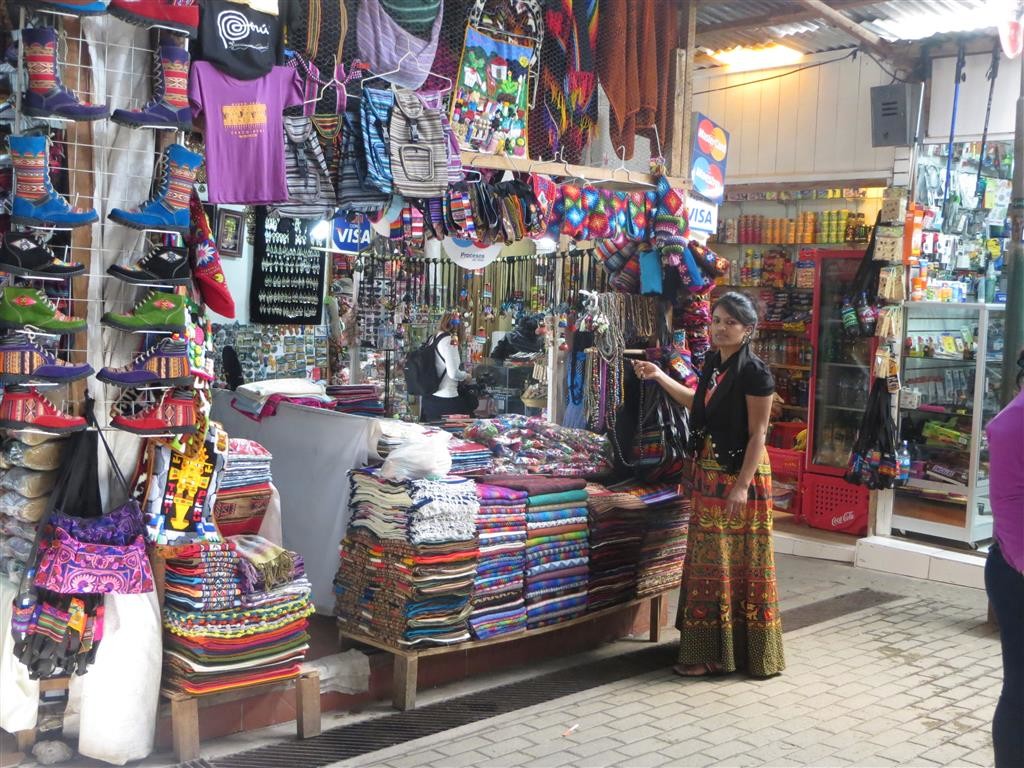
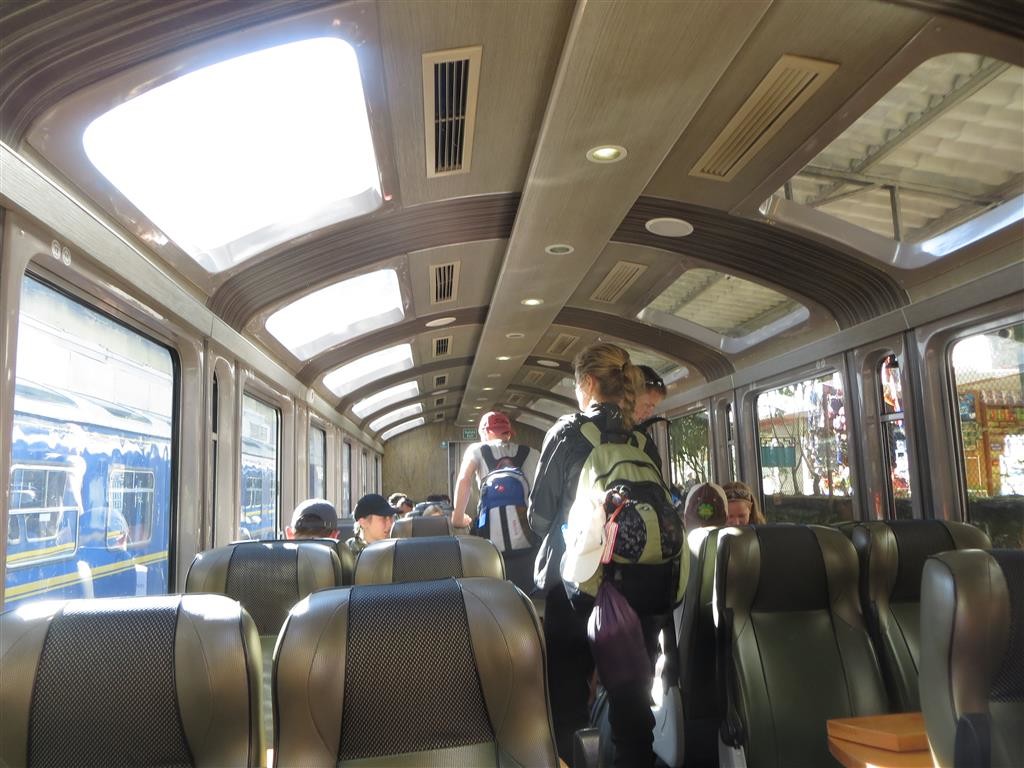

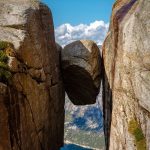
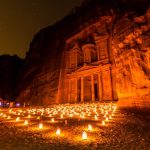
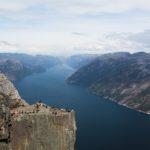
thank you so much for these advices! Im going to do the inca trail with my friend in november. We r very excited, but i must admit that im a bit scared. Im defenitly going to rent hiking poles!
Thats amazing Liliana, its still fresh in our minds evertime we come to think about it,
We were quite unsure too about the trek, but the beauty of the trail will just keep you so occupied that you only realise you have walked so much once you have finished the trail. Good luck and enjoy the trek.
Thats why Peru is so beautiful, has a lof of things to see and do, especially in Cusco with Machu Picchu, there are alternatives paths were created to go to this wonderful site, the best known is Inca Trail and I want to do that, then we have the Salkantay trek, Lares trek, Inca jungle, and others that are not even being known.
It is indeed a very beautiful place and we will sure come again.